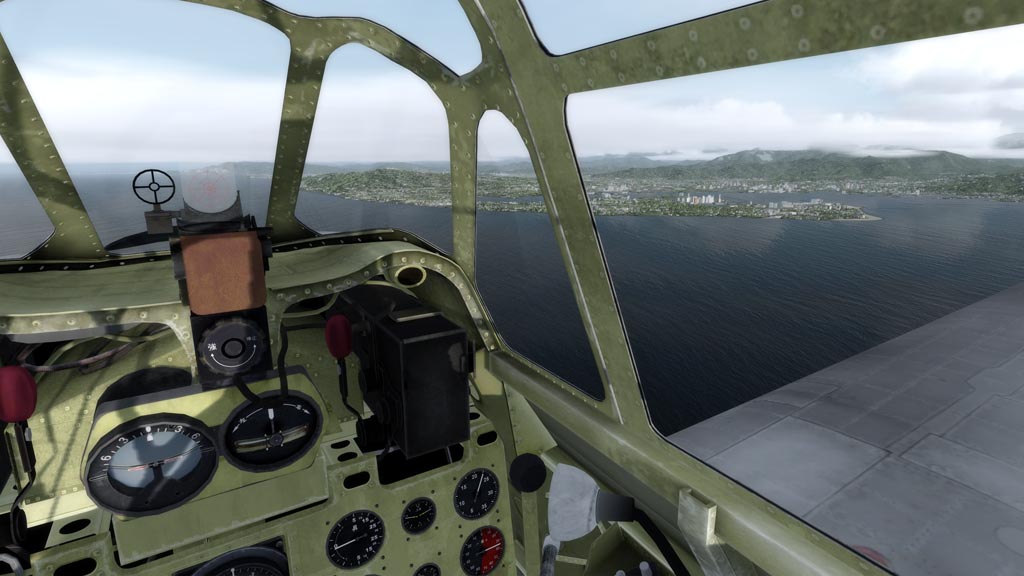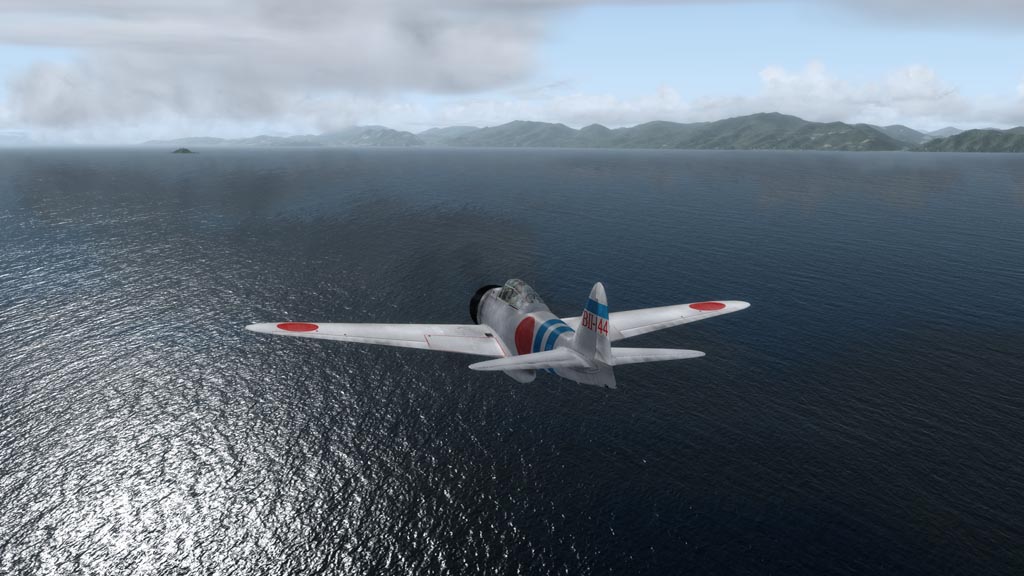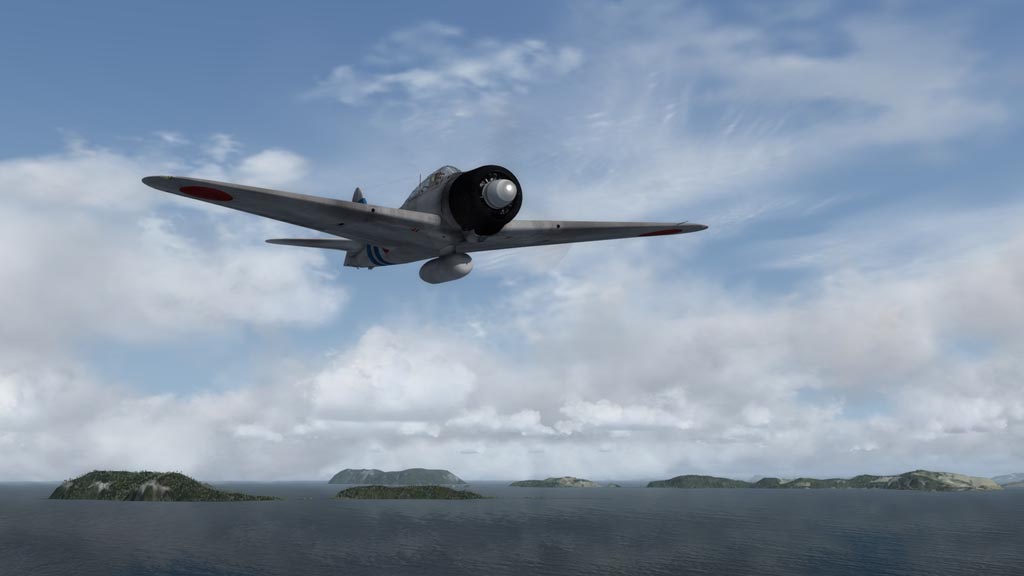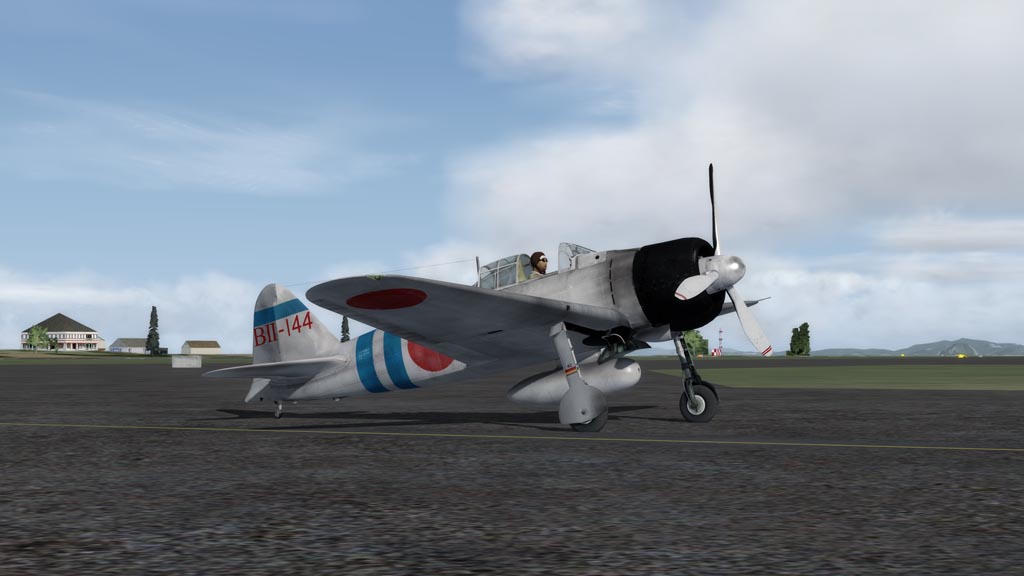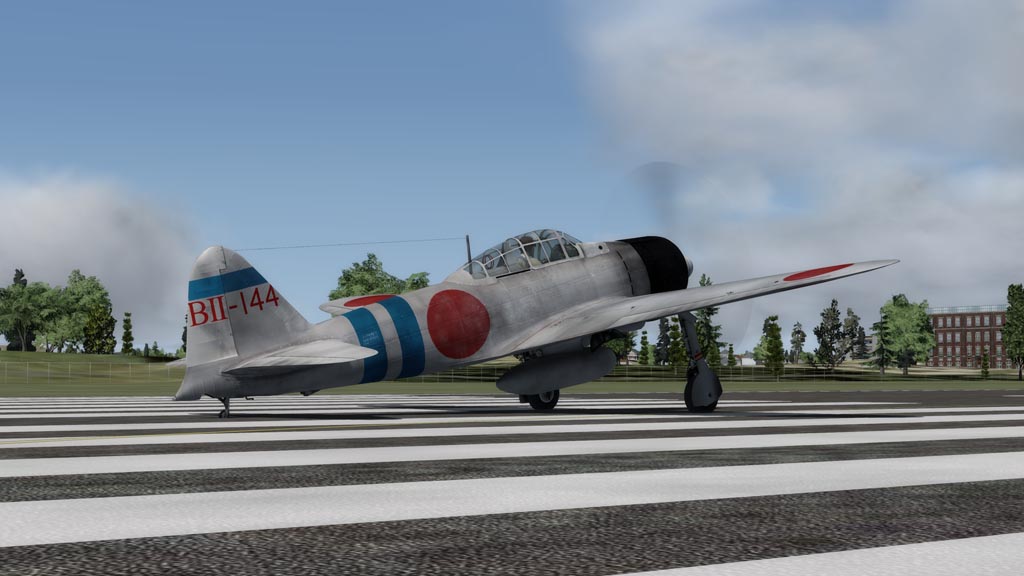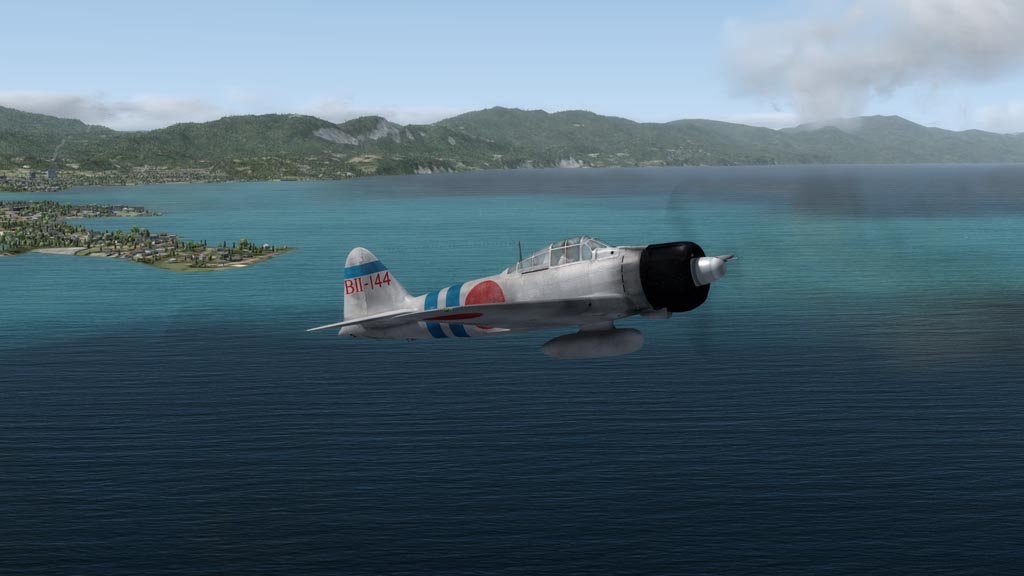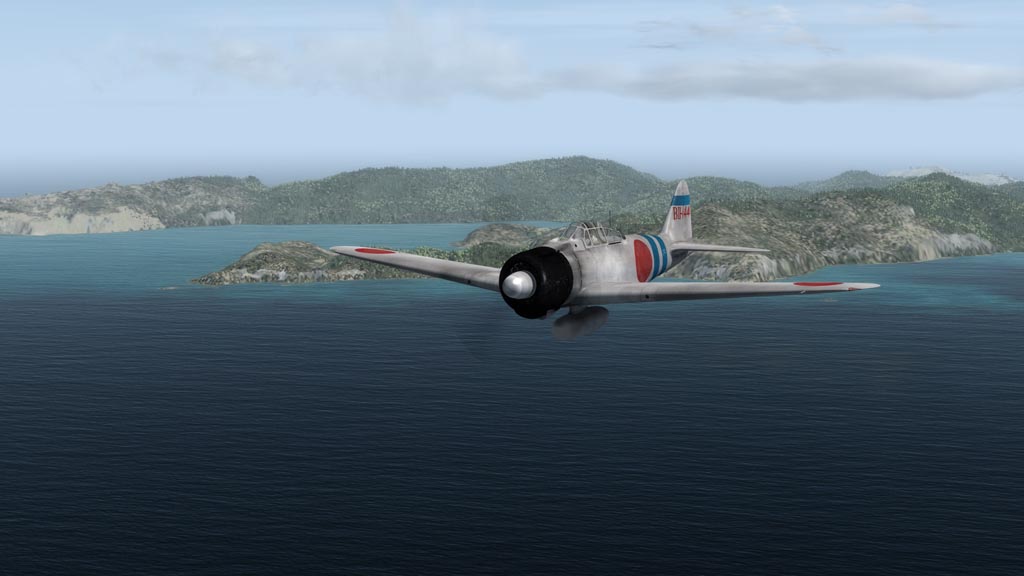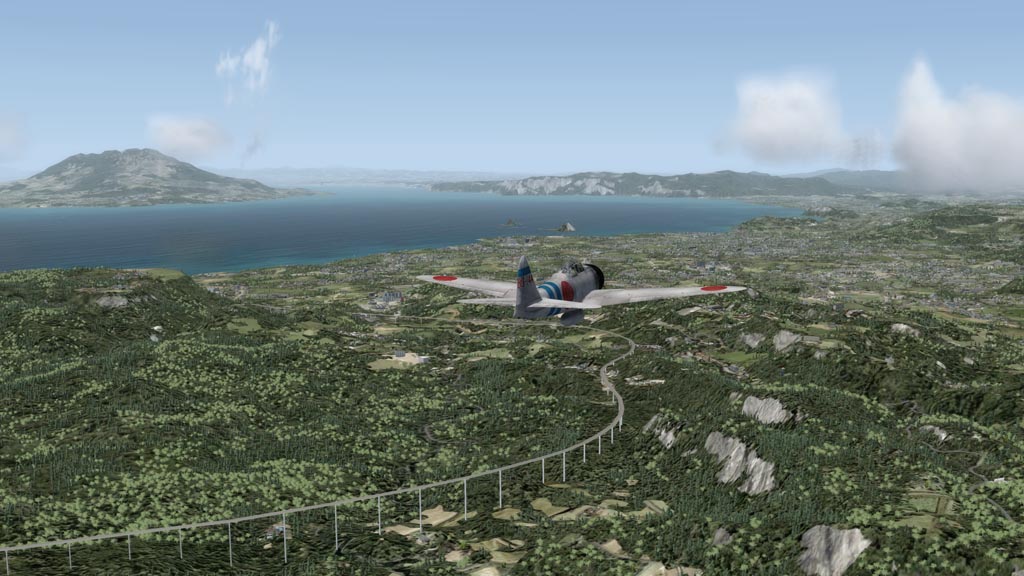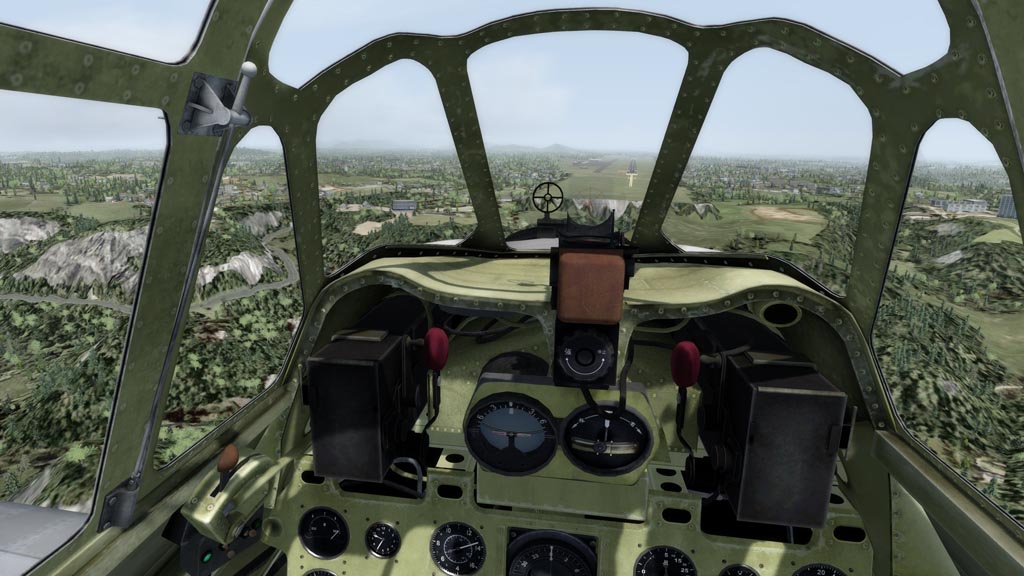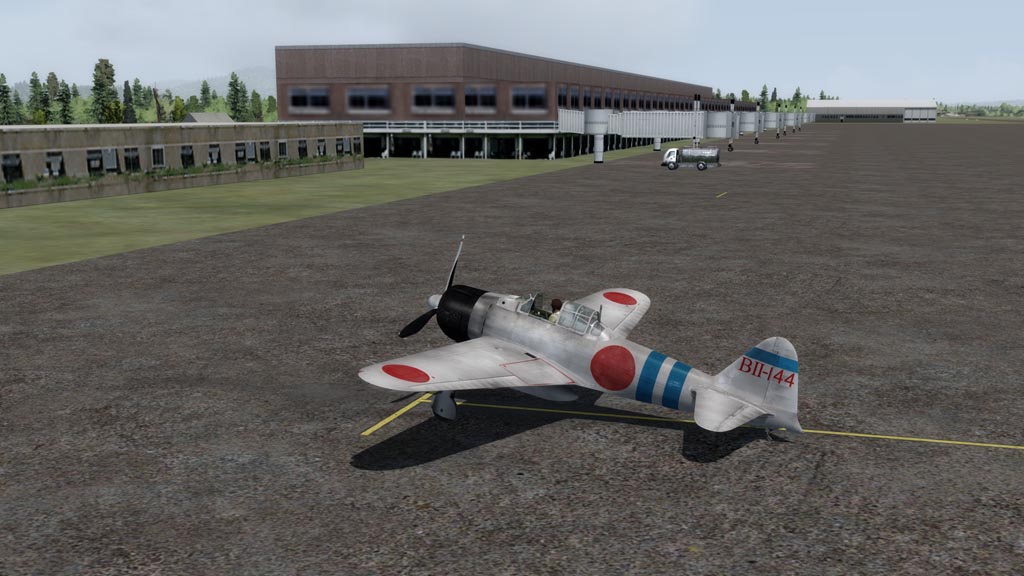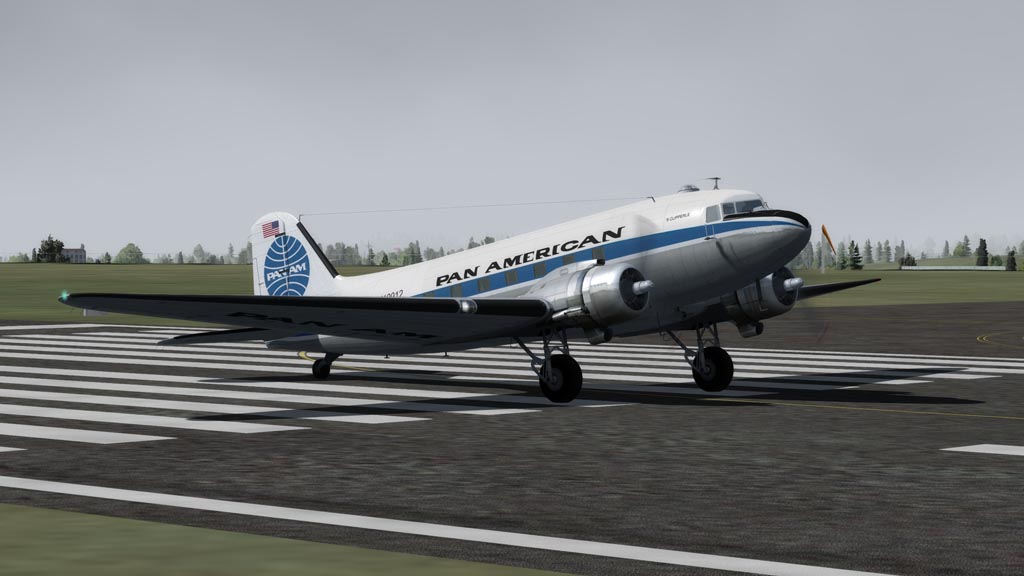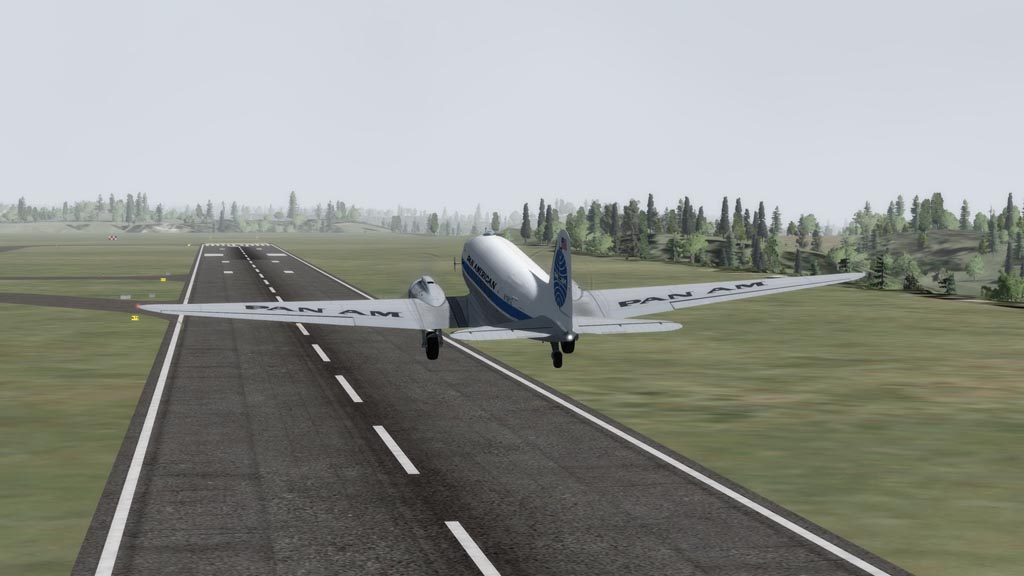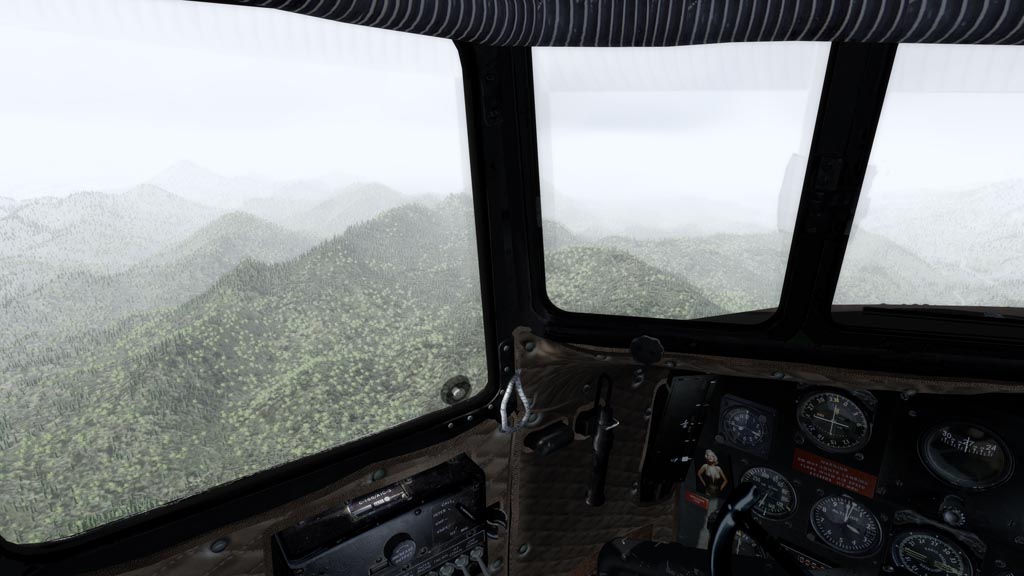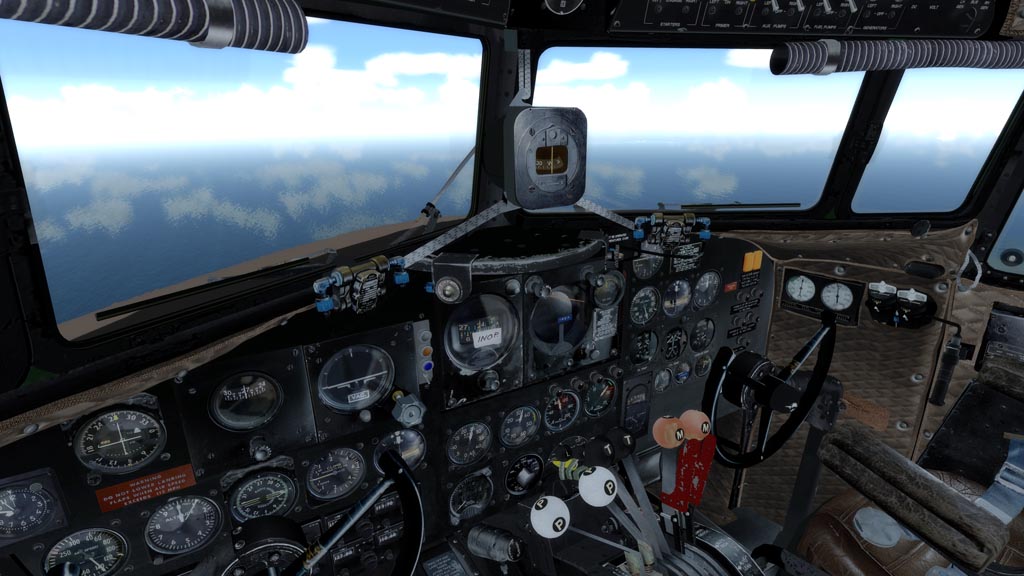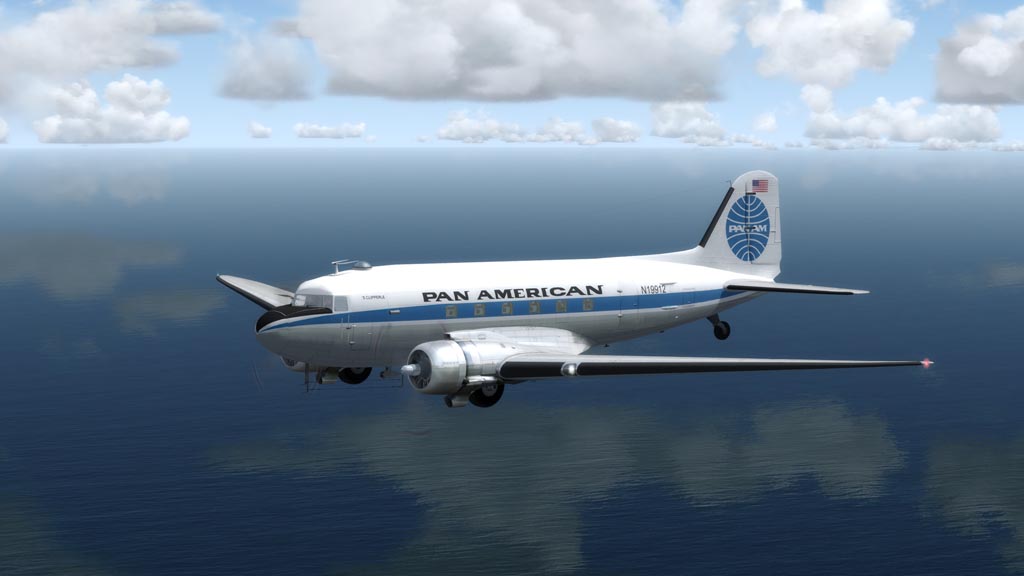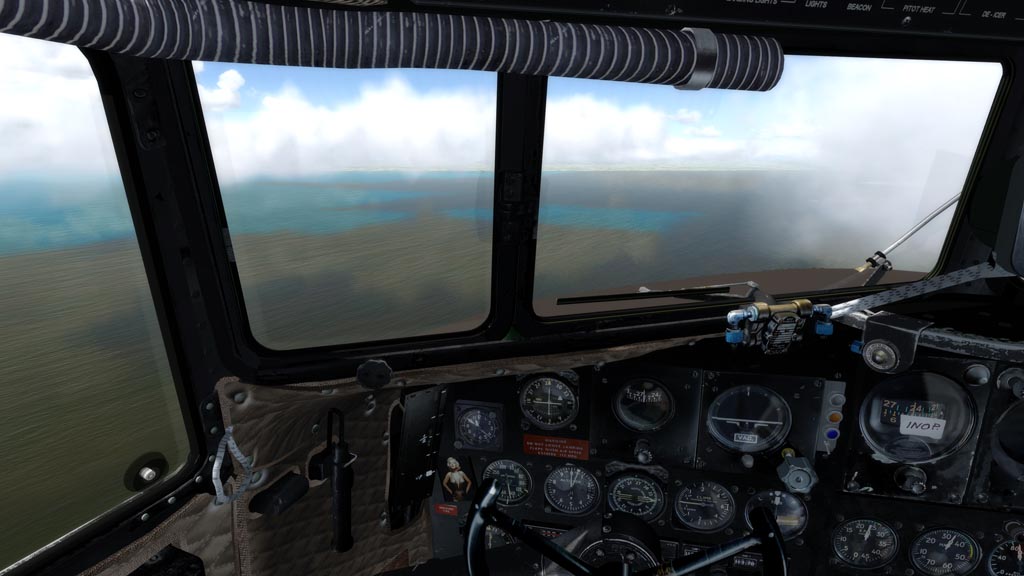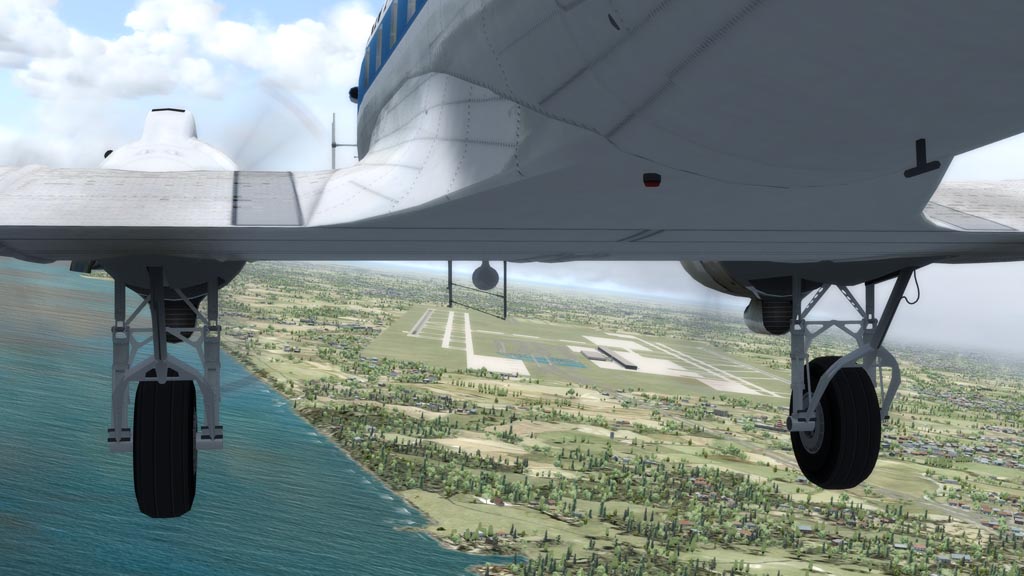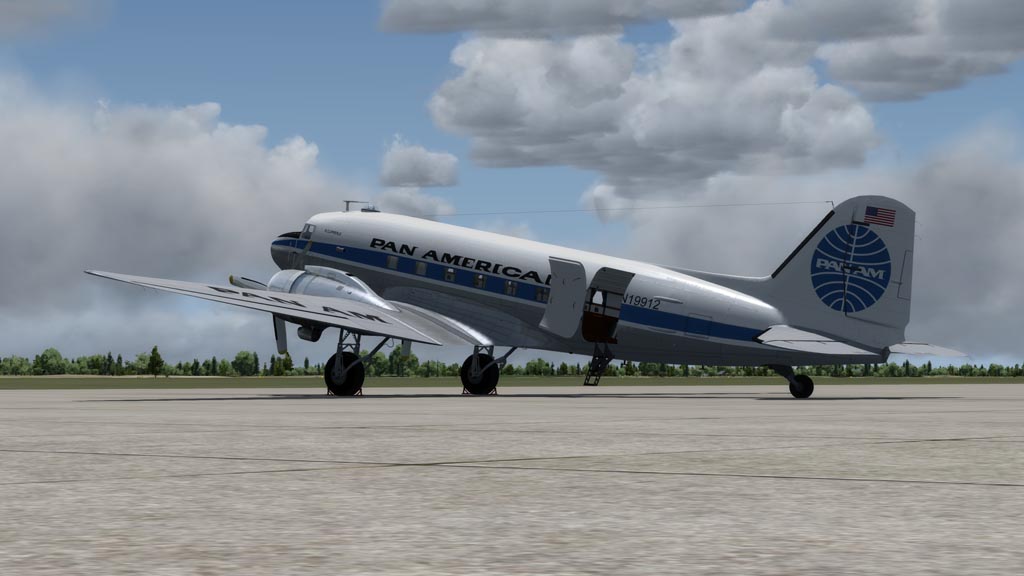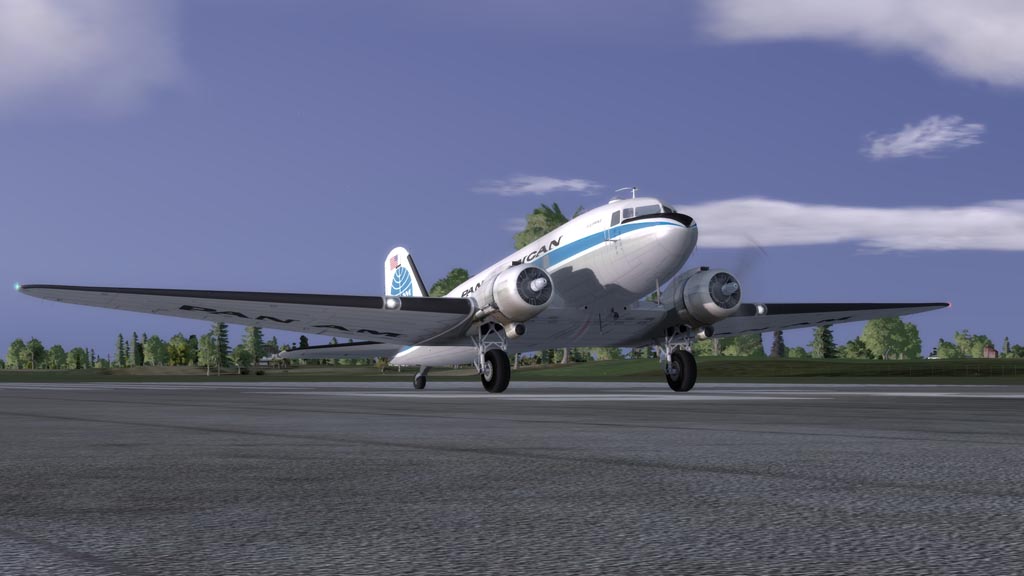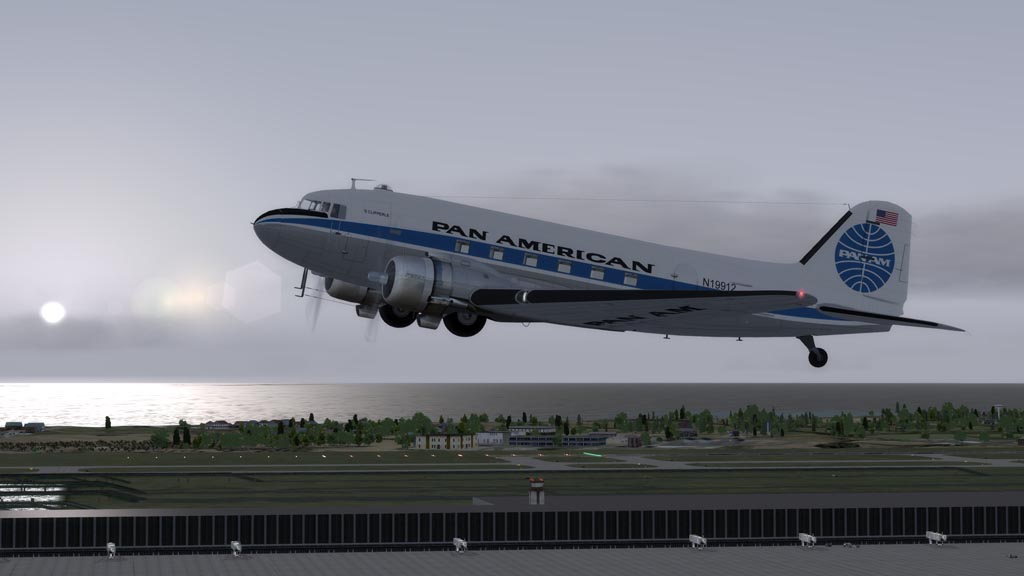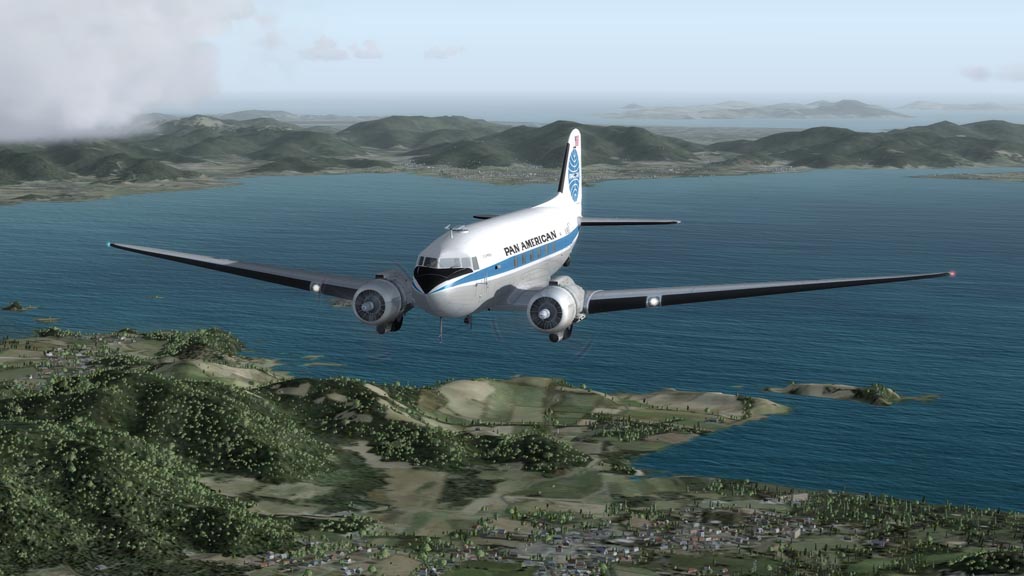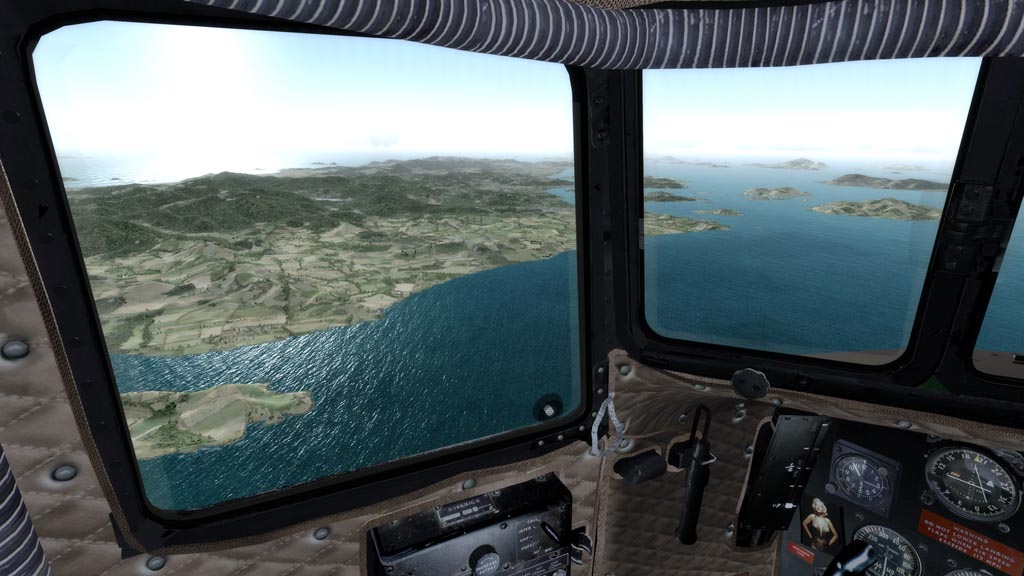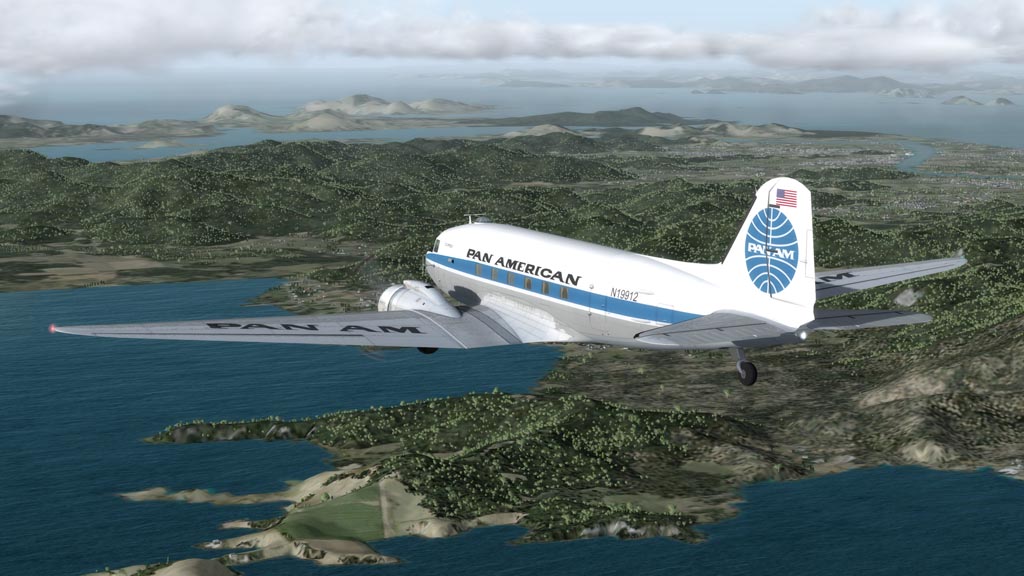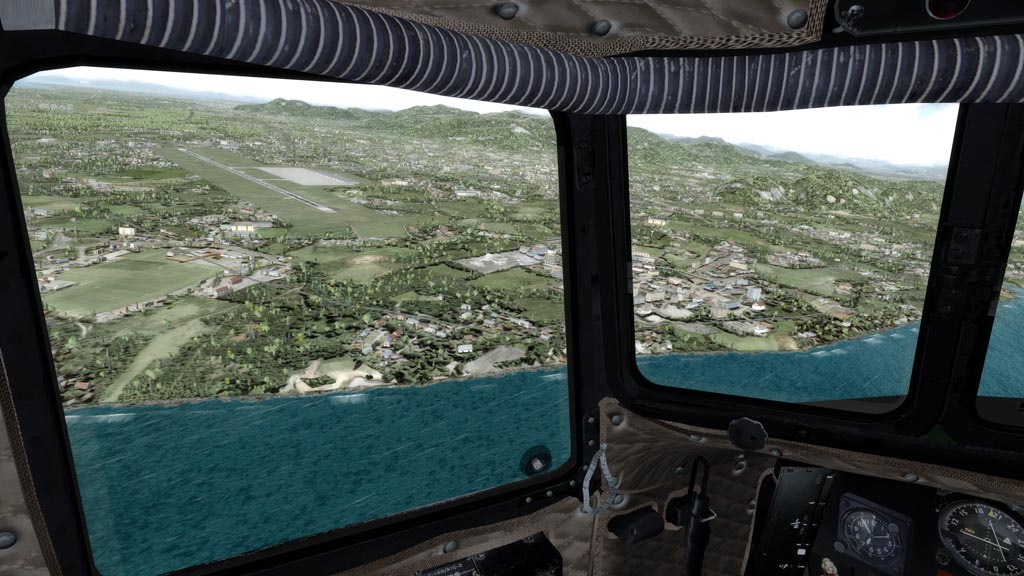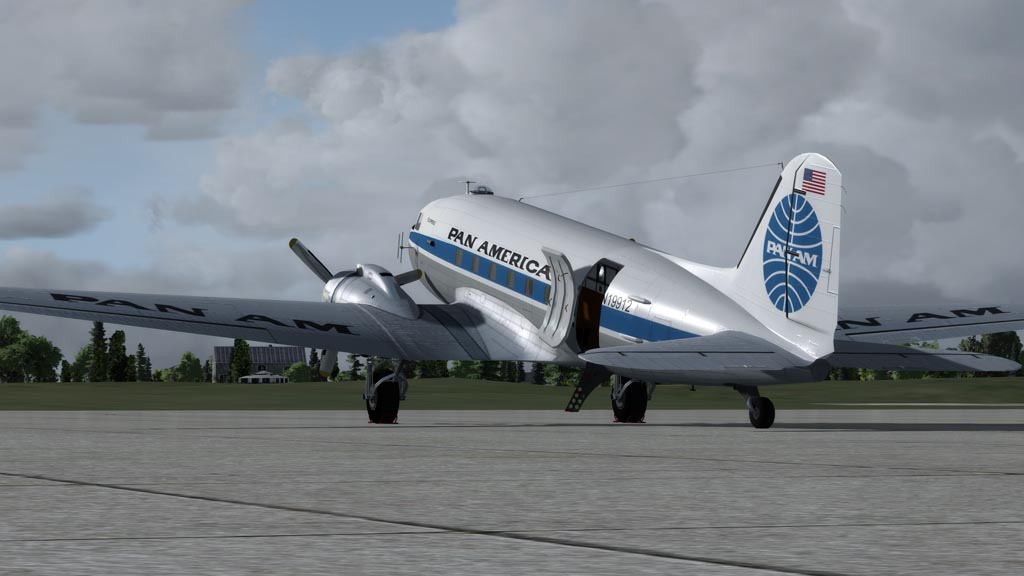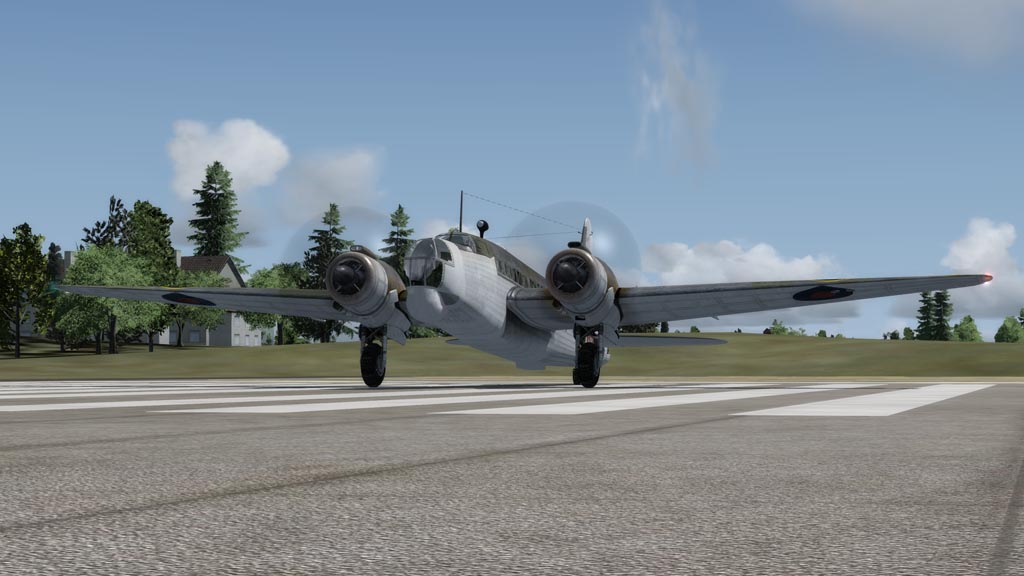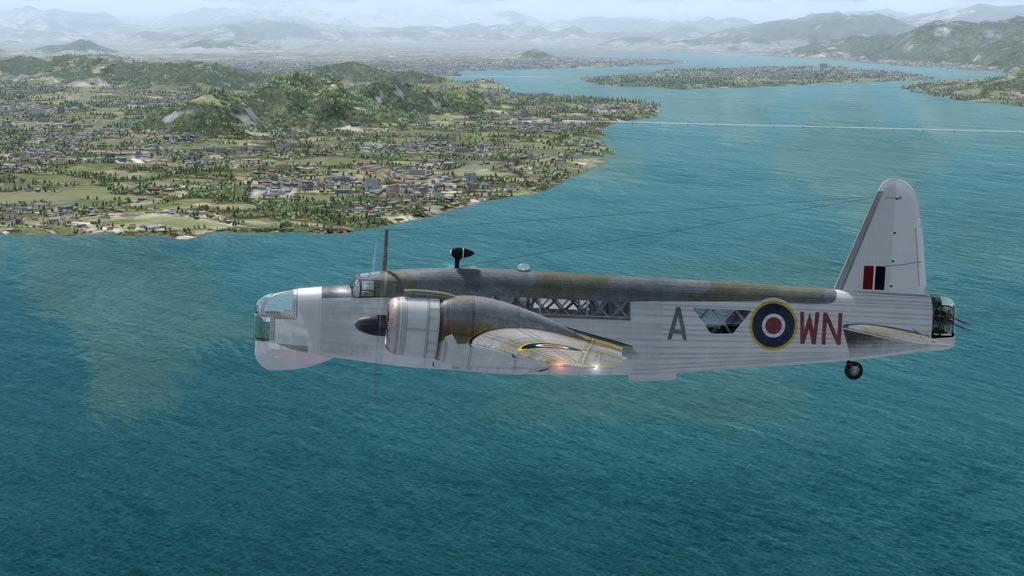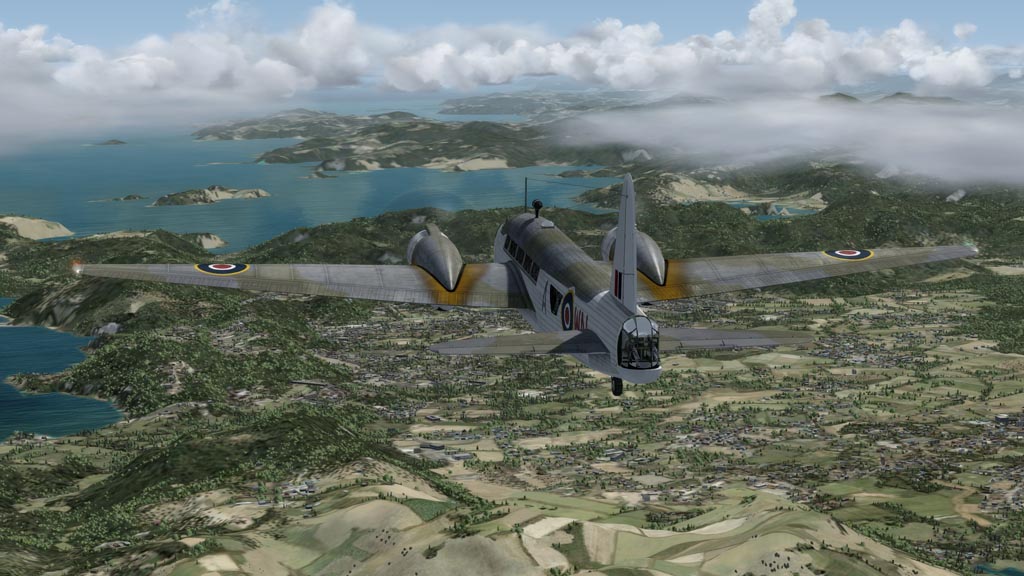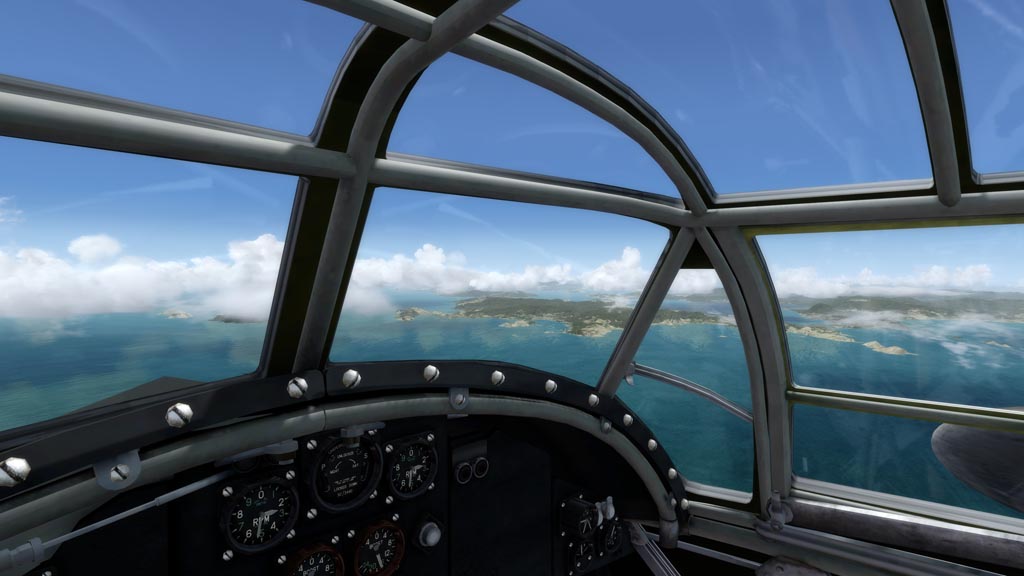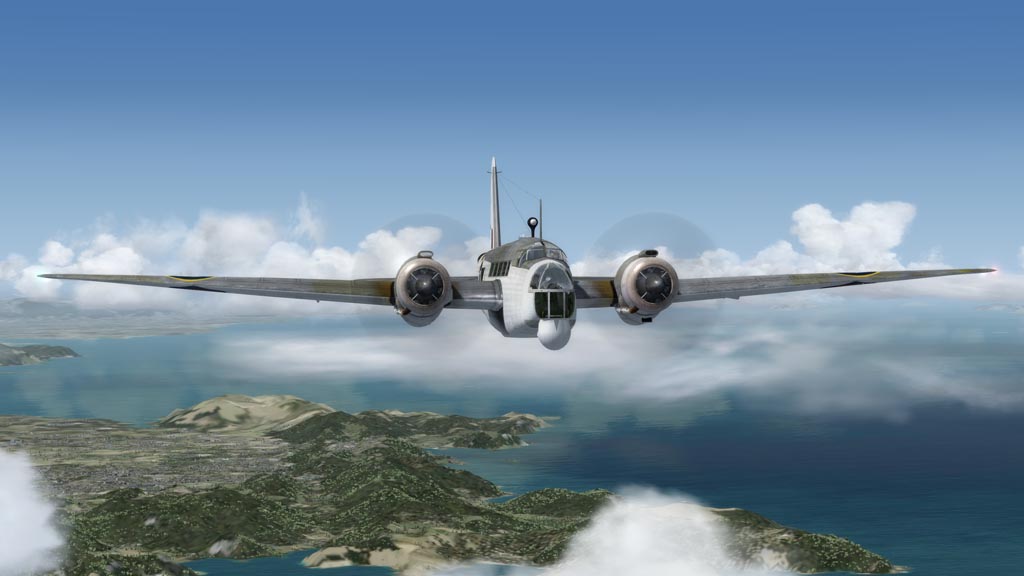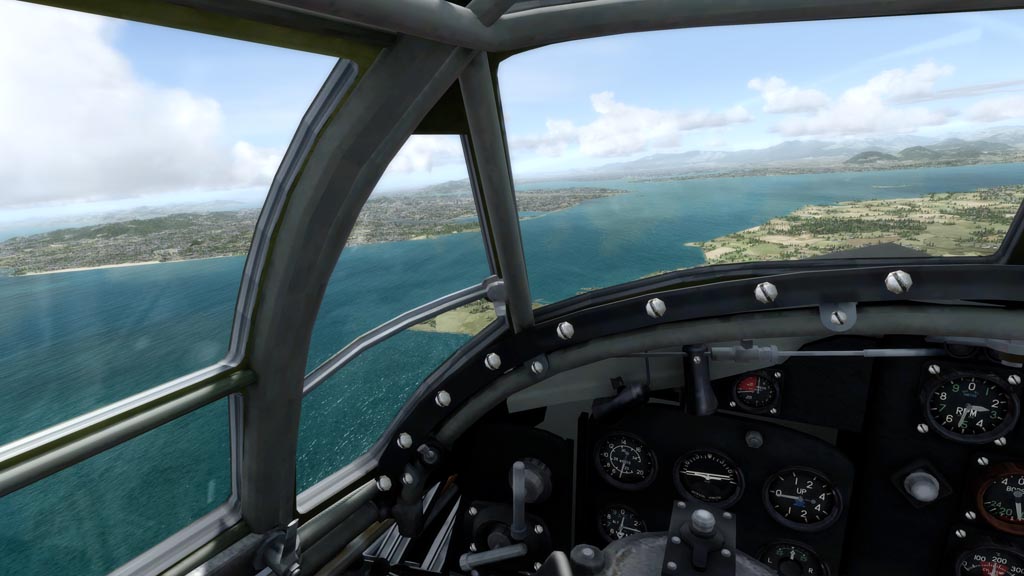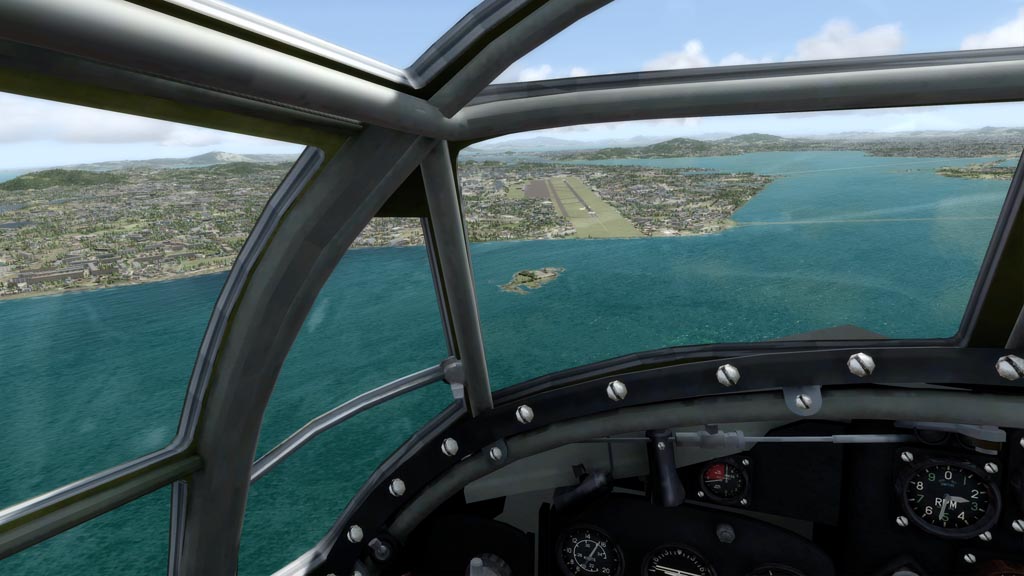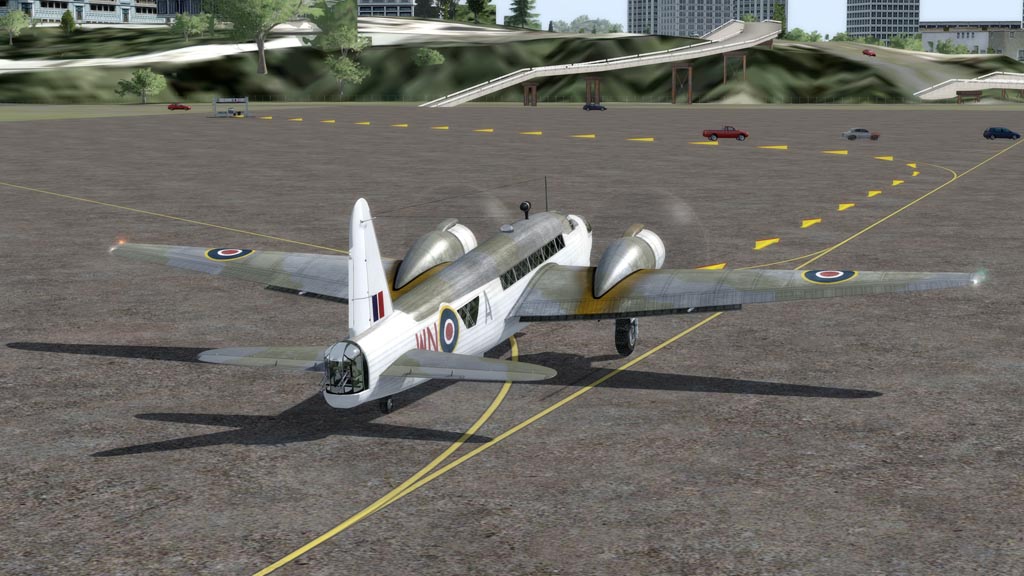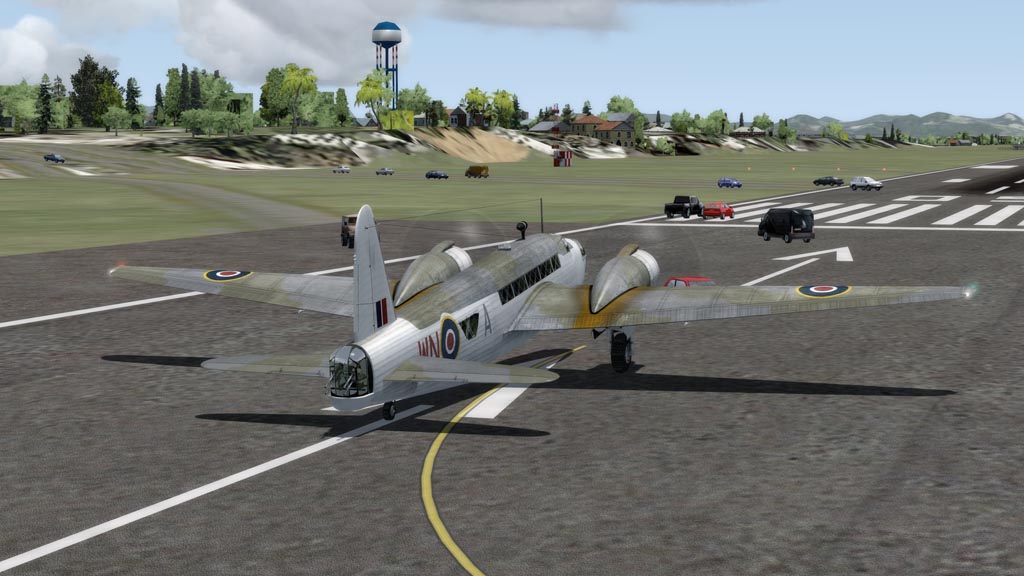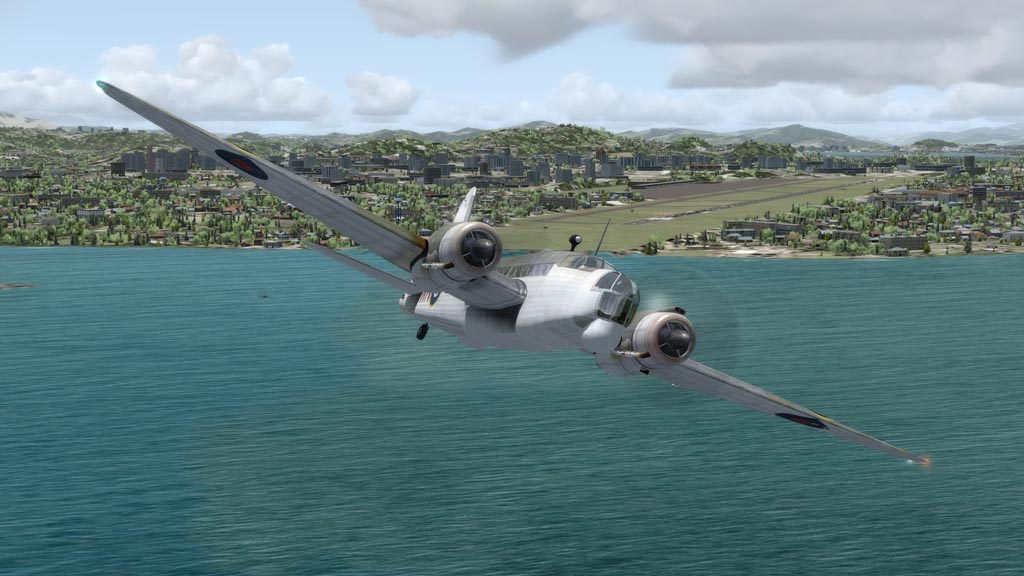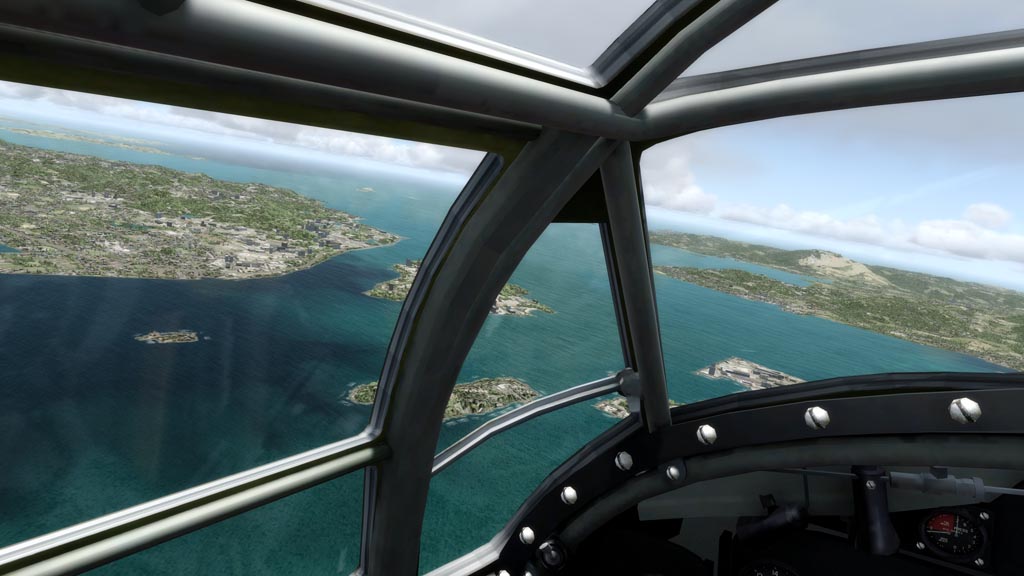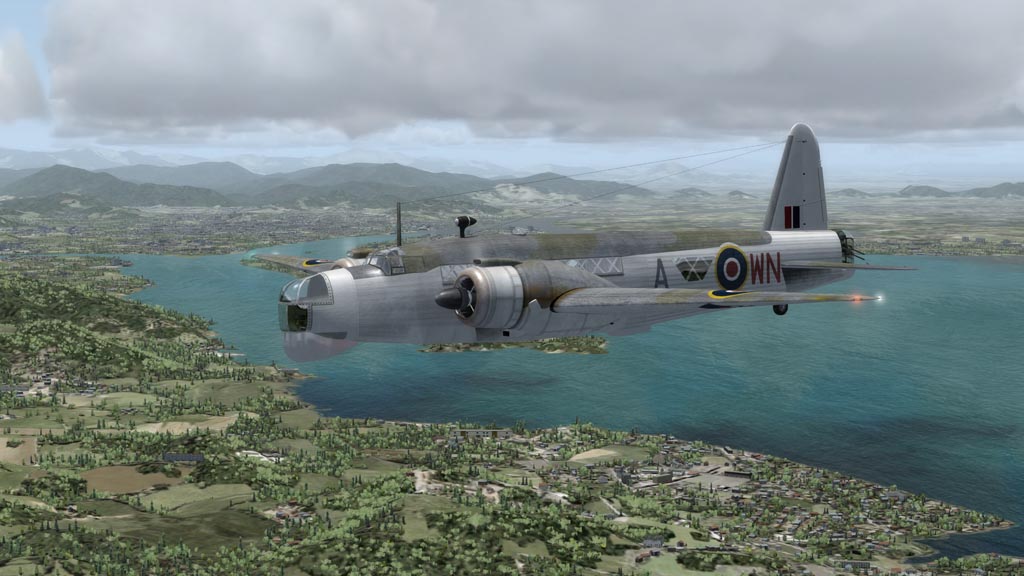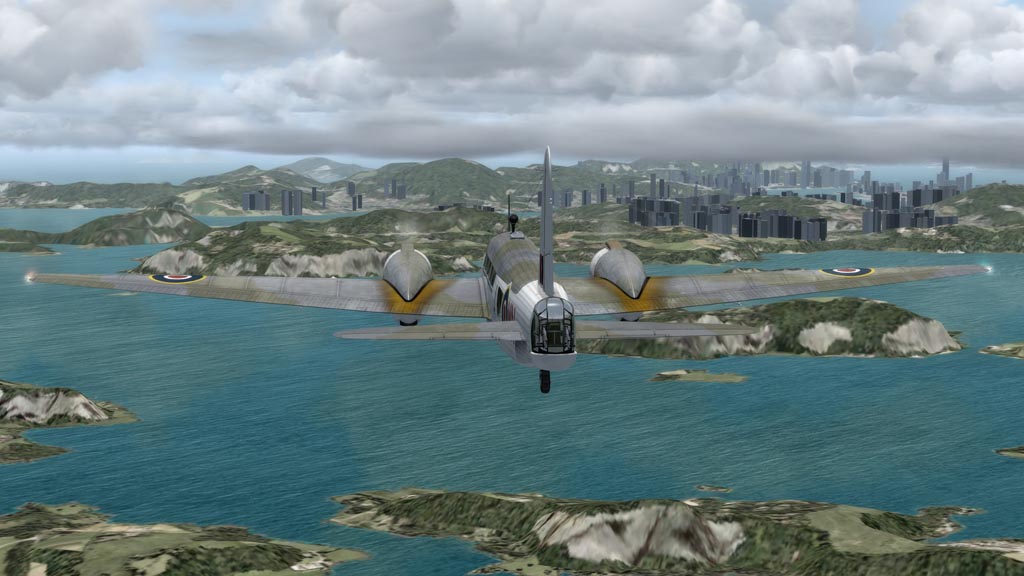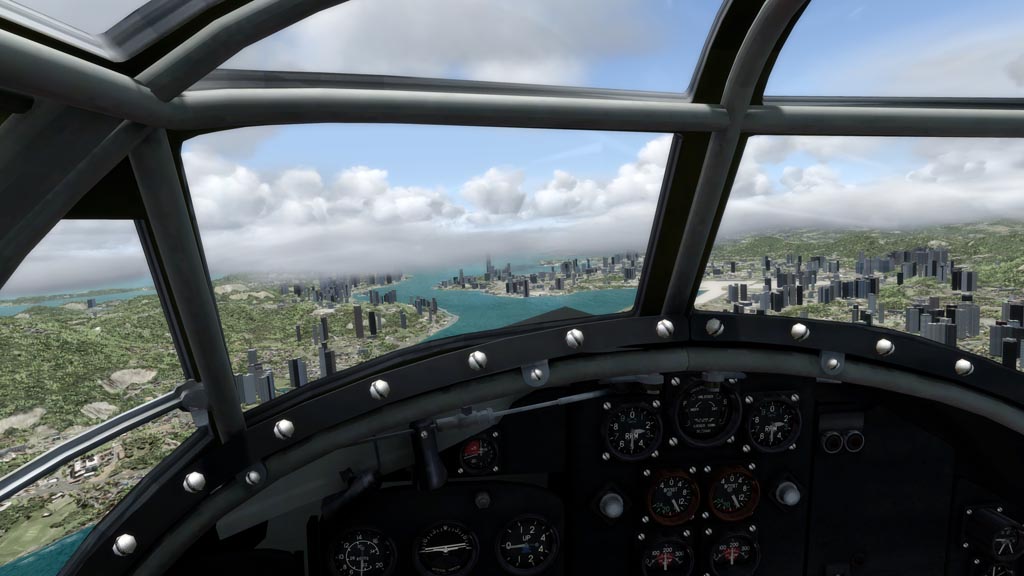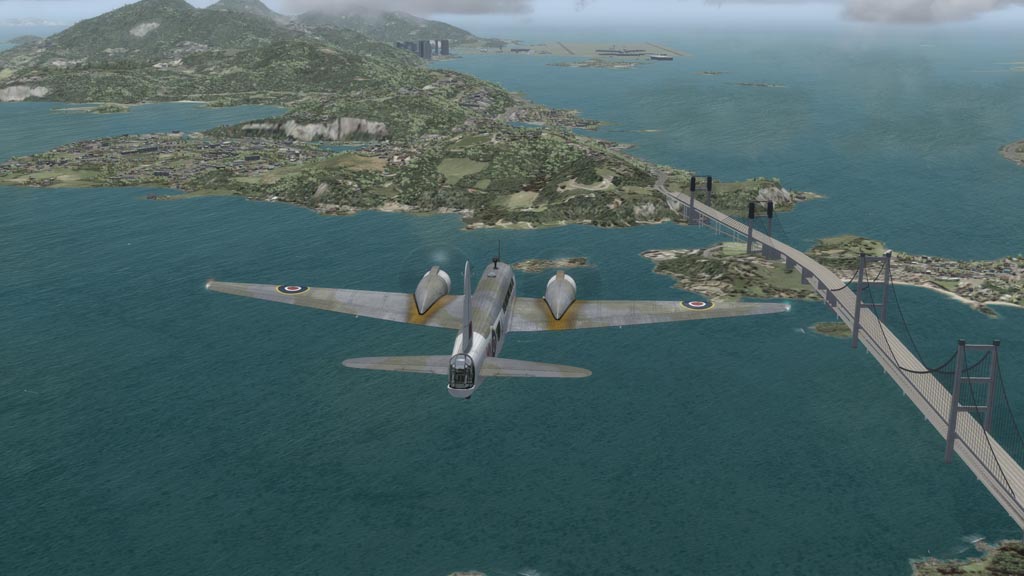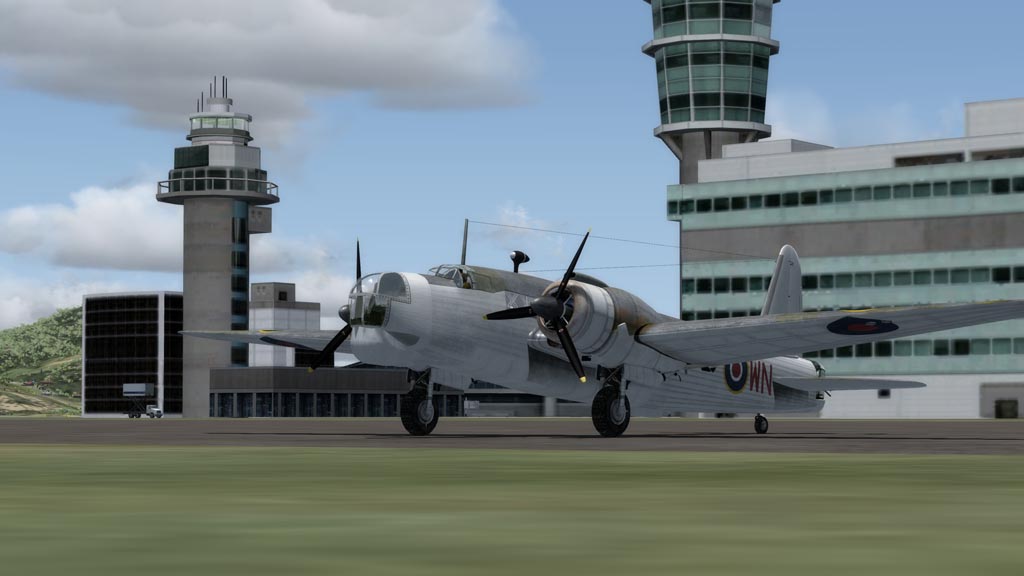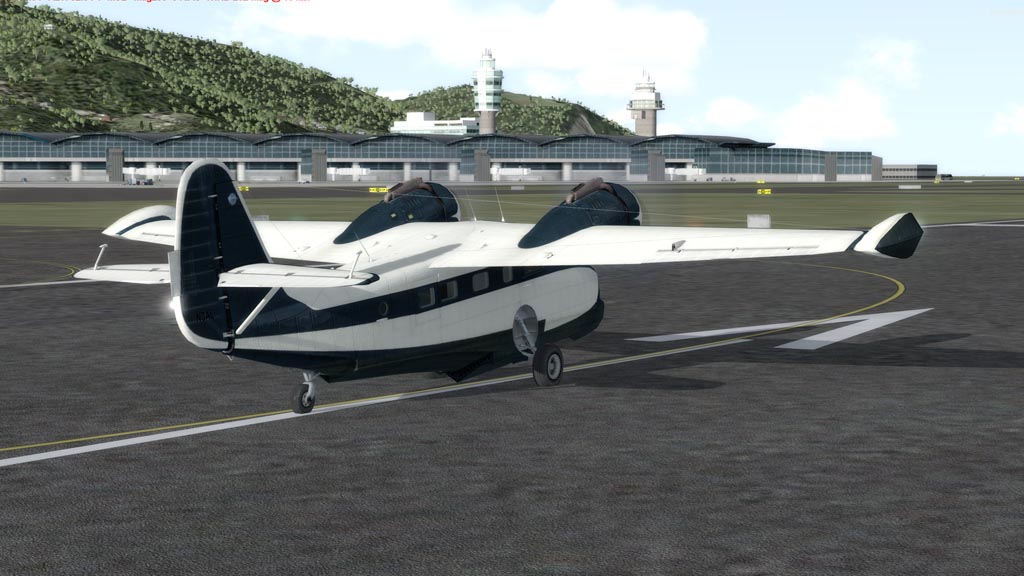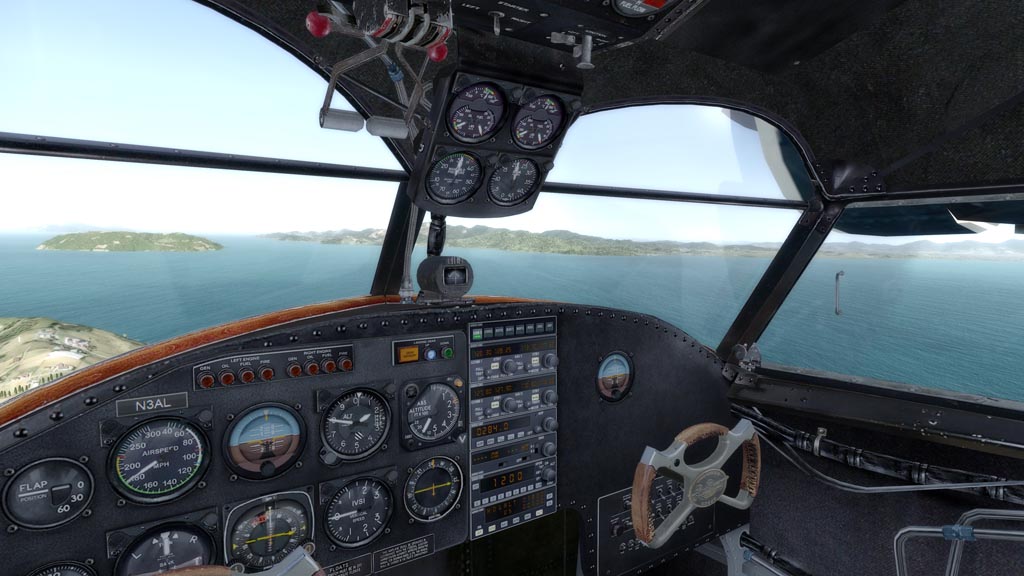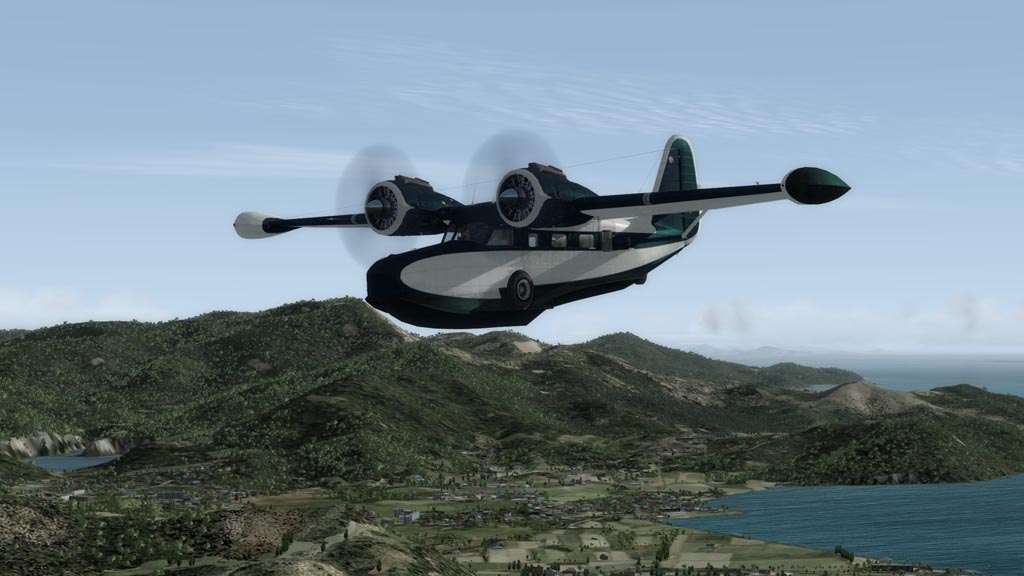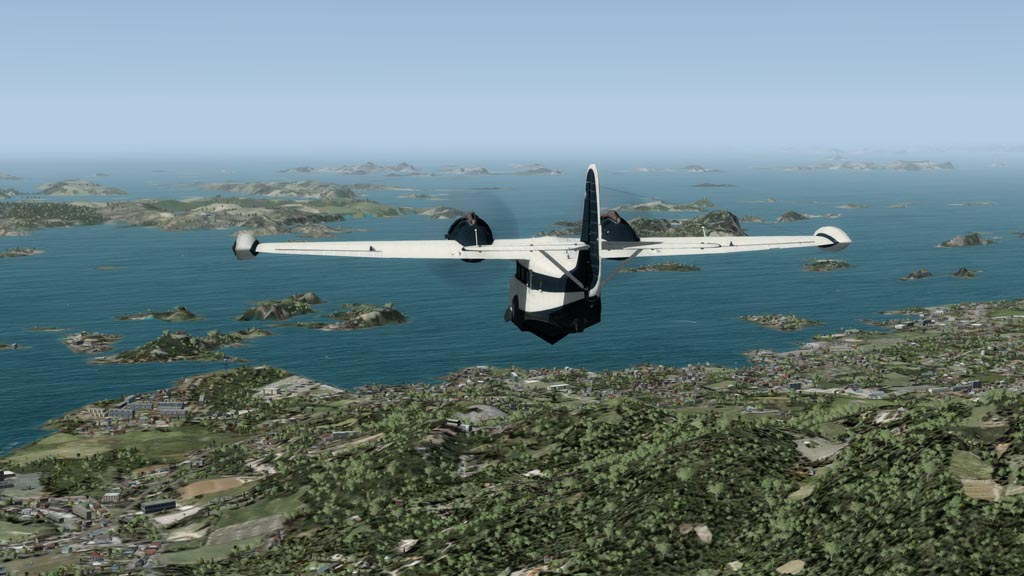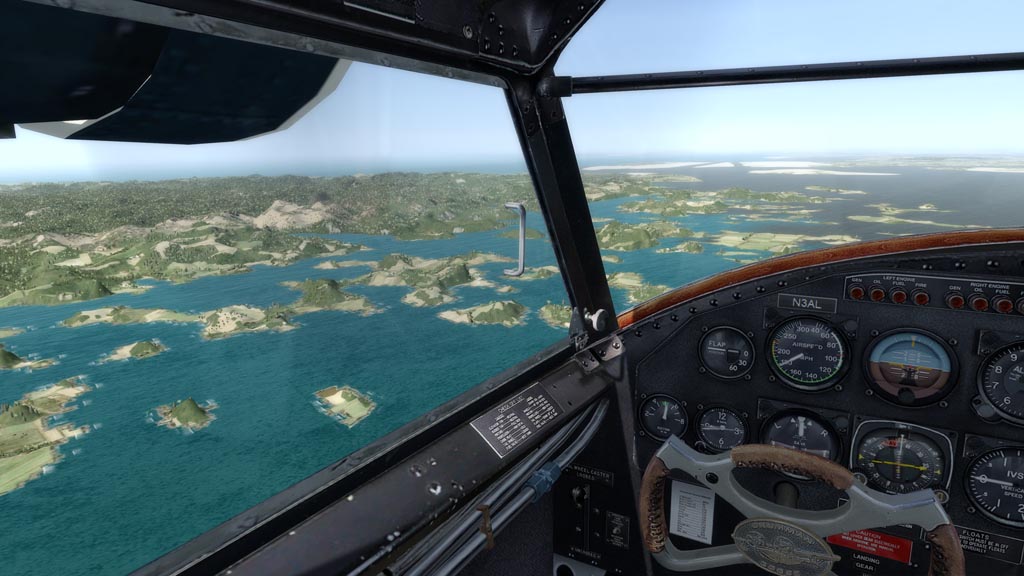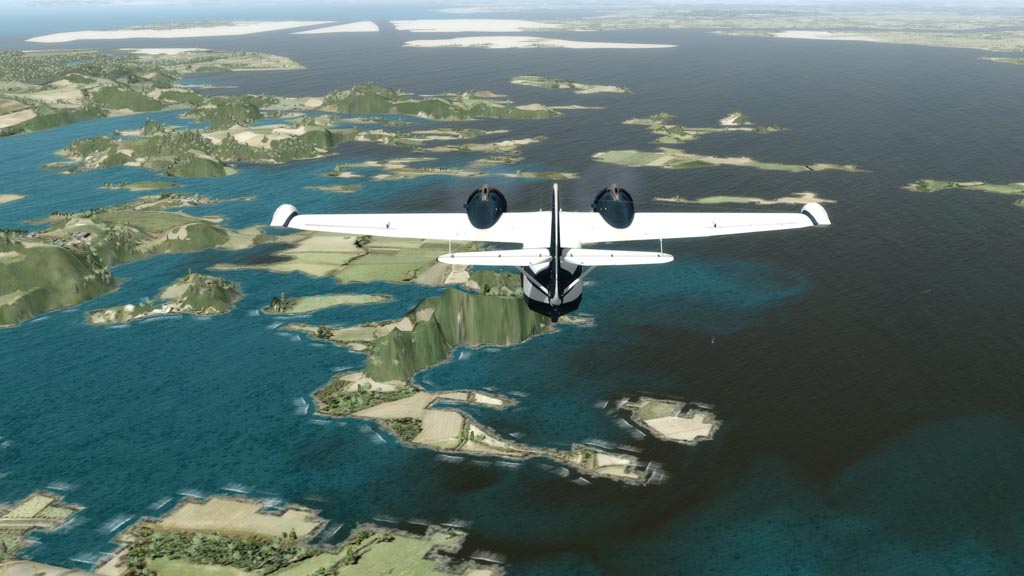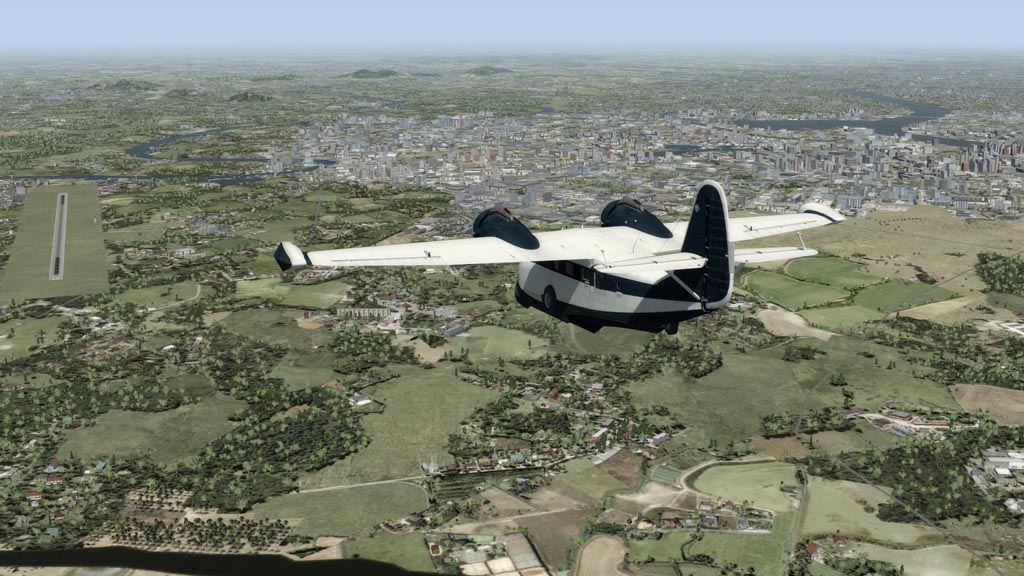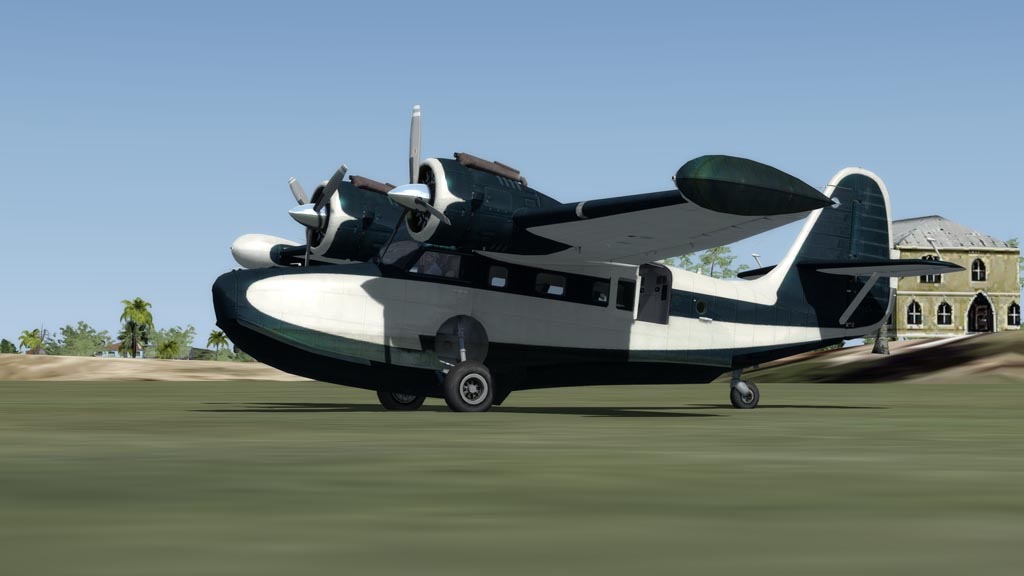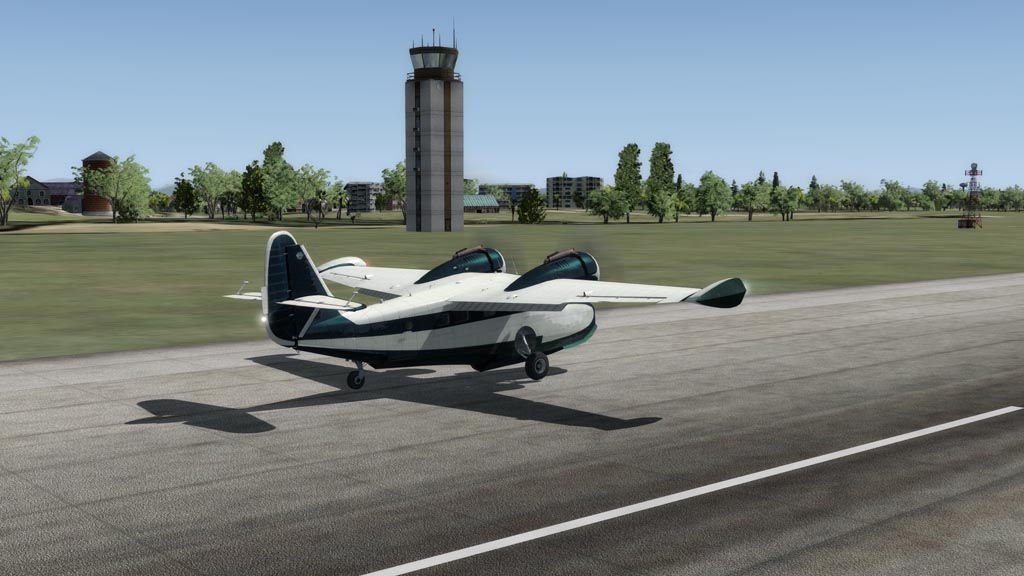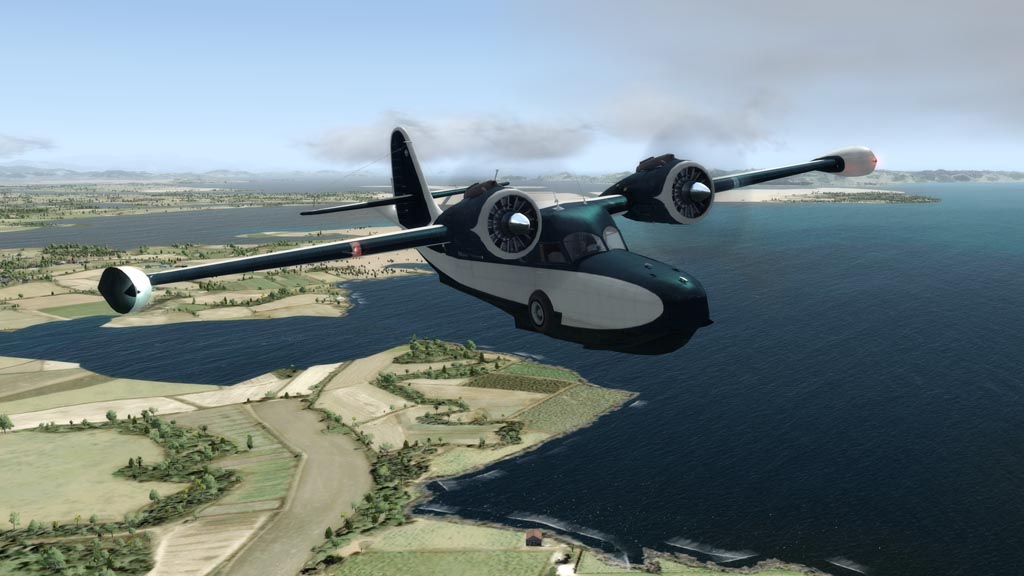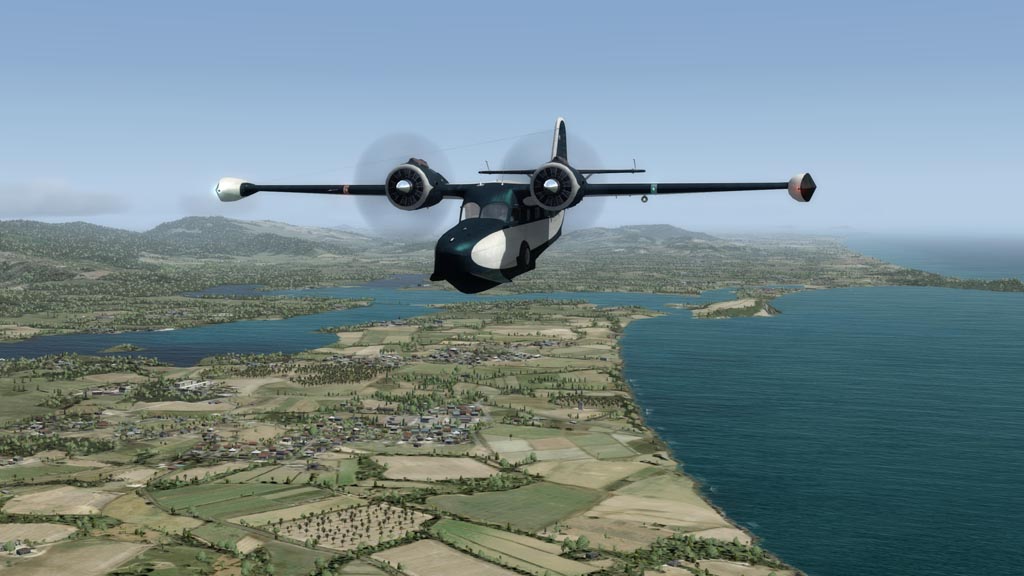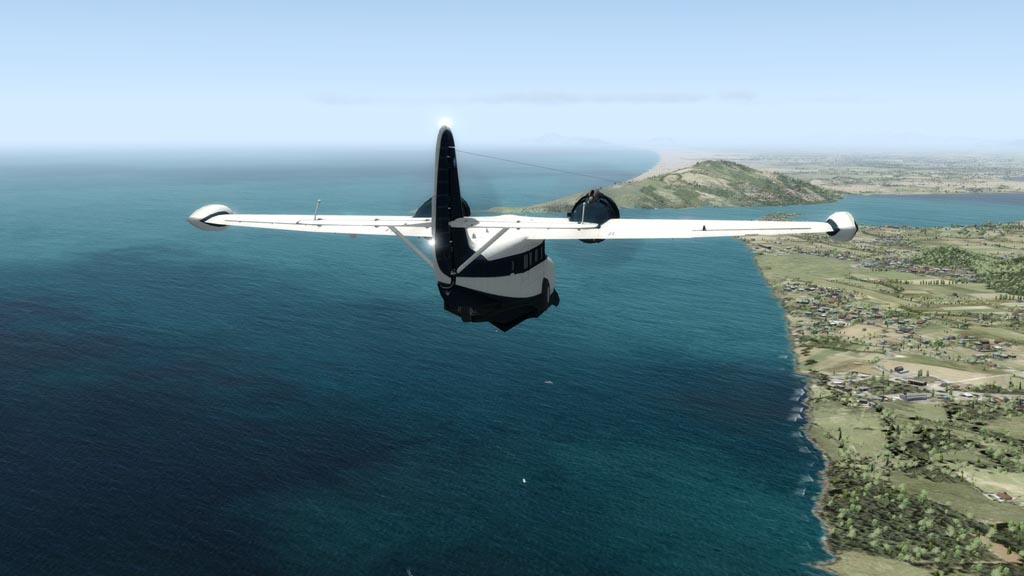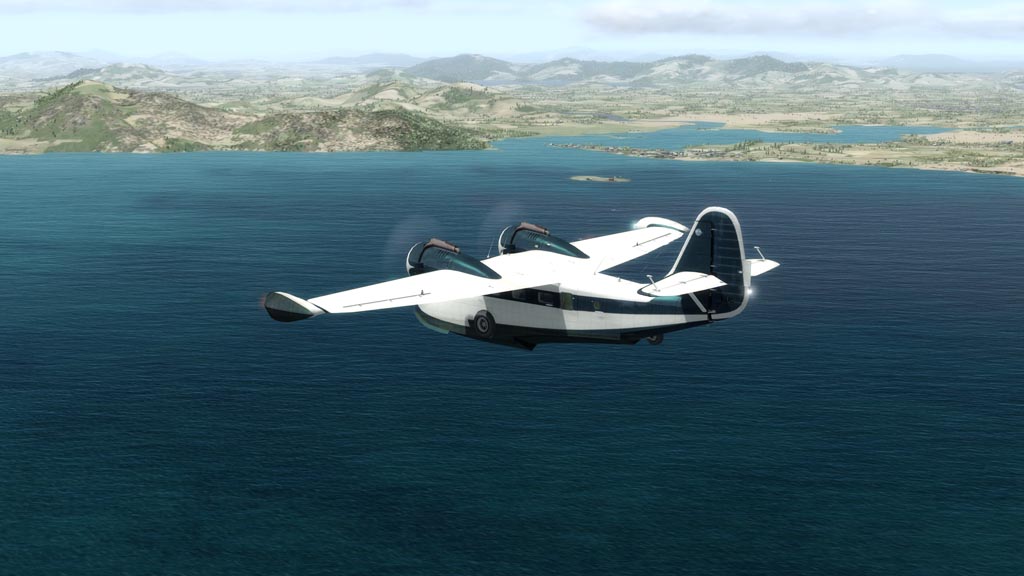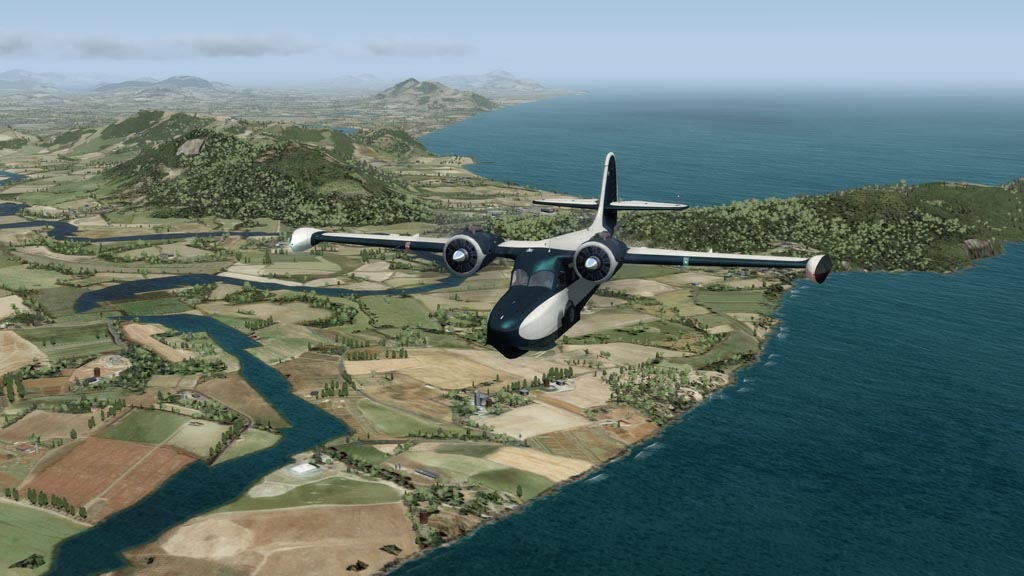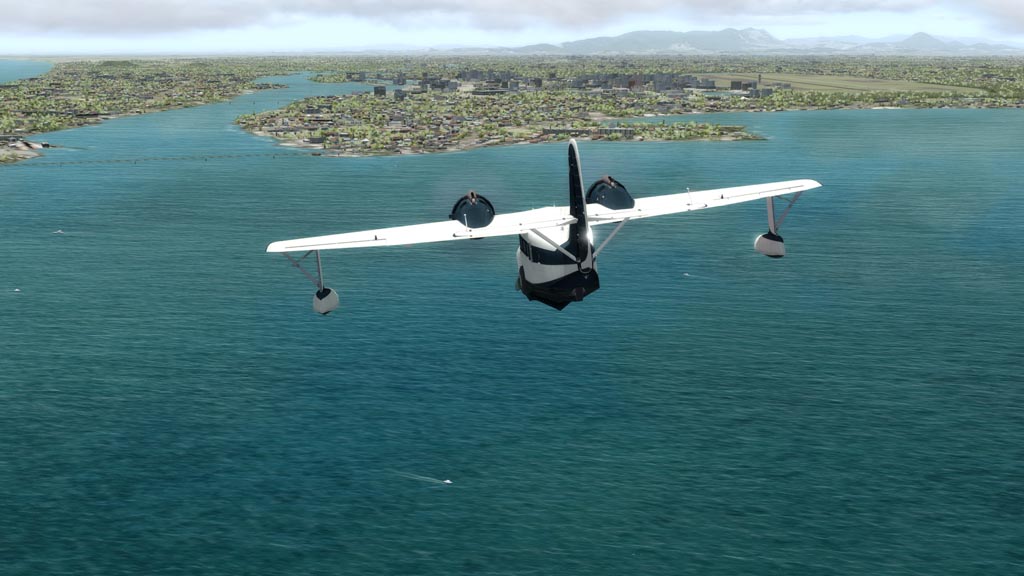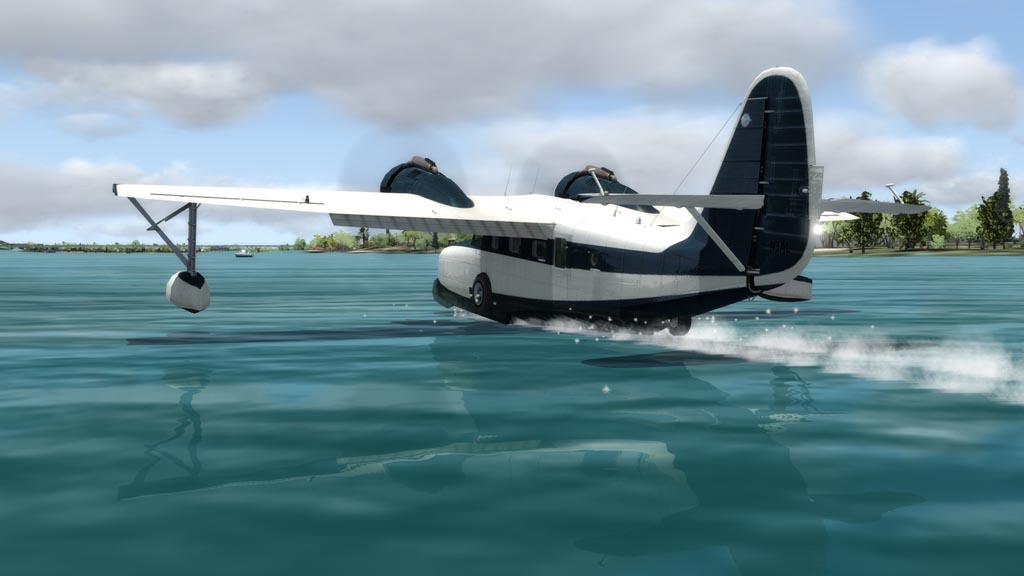blanston12
SOH-CM-2025
June 1, 1924. The base at Lake Kasumigaura was a major supply point for the trip and the site where they planned to overhaul there aircraft and get them ready for flying in the tropics, Including replacing the engines and installing larger radiators. The Japanese had planned two weeks of events, but the Lt Smith, concerned that they were at least 30 days behind schedule asked for the celebrations to be compressed to 48 hours. A Japanese admiral hosted them to a traditional Japanese dinner, the flyers were very impressed by the geisha girls who served the meal. After ten days of mechanics and diplomacy they were ready to leave at 5:30 am on June 1 for Kushimoto, 305 miles away in ideal weather, As they passed Iro point they plunged into a severe rain storm that became a mild typhoon, that became more severe as they landed at Kushimoto, where USS Pope was waiting for them. A welcome party tried to come out to the ship to greet them but the weather was too rough and the flyers retired for the night on board the destroyer.
Still wanting to fly a Japanese aircraft over Japan I decided to fly the Mitsubishi A6M2 Zero. The A6M first flew in 1939 and at the time it was introduced it was considered the most capable carrier based fighter in the world with excellent maneuverability and long range, over 10,000 were built. The model I am using today was made by Aeroplane Heaven for JustFlight and I think it is the best FSX/P3D compatible Japanese aircraft model from that era available.
It was pretty overcast when I took off, I had to stay under 1500 feet for most of the flight to stay below the clouds. I decided to fly to Nanki-Shirahama airport which is the closest airport I could find to Kushimoto. I followed the coast for a while, climbed over one large peninsula, then weaved around the various islands as I headed toward my destination. Then at some point I zoomed out on the GPS to see how far I had to go and realized I had made a fairly serious navigational error. At some point in my planning process I had recorded the code for the destination airport at RJDB where I should have used RJBD and I was at this point about 140nm off course. I could continue on to Kanoya which is the destination for the next leg, which is almost as far as going back to Kushimoto but instead headed for the closest airport which was at Matsuyama. I had flown 405 nm in 2.6 hours, at least 100nm further than I planned.
Here are a few pics from the flight:
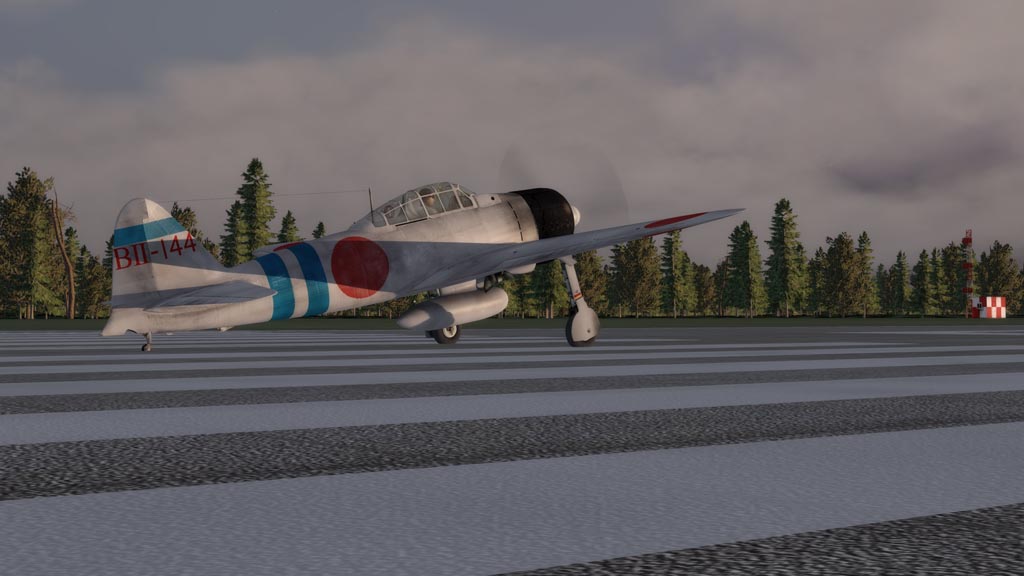
Ready for takeoff.
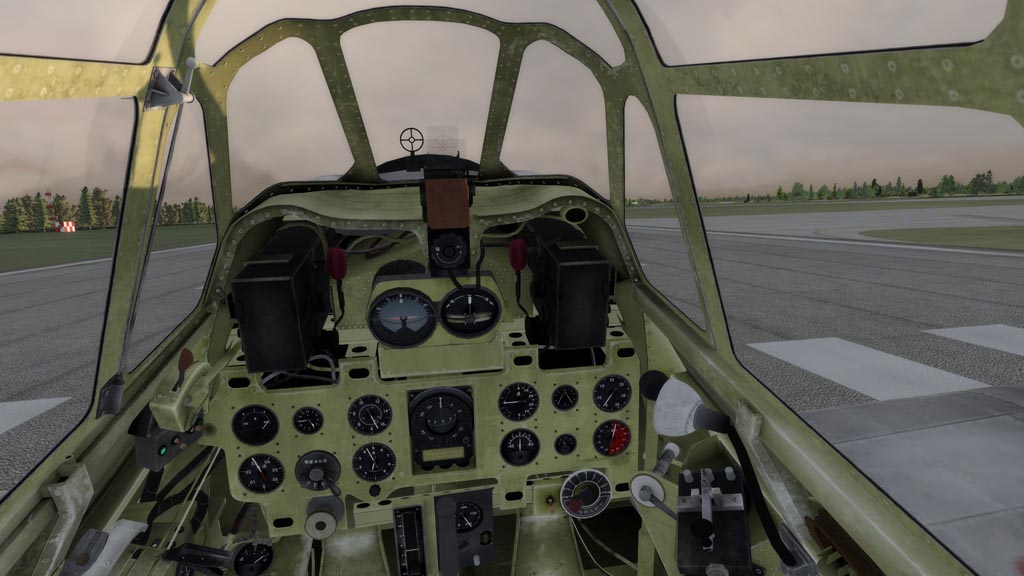
Yes, we are ready.
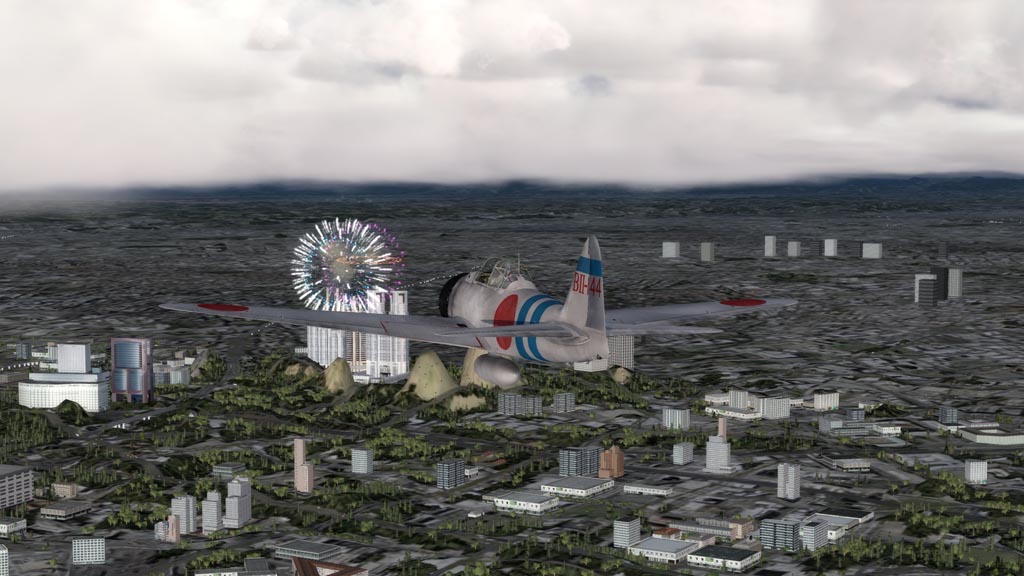
Fireworks over Tokyo. They must be celebrating our trip.
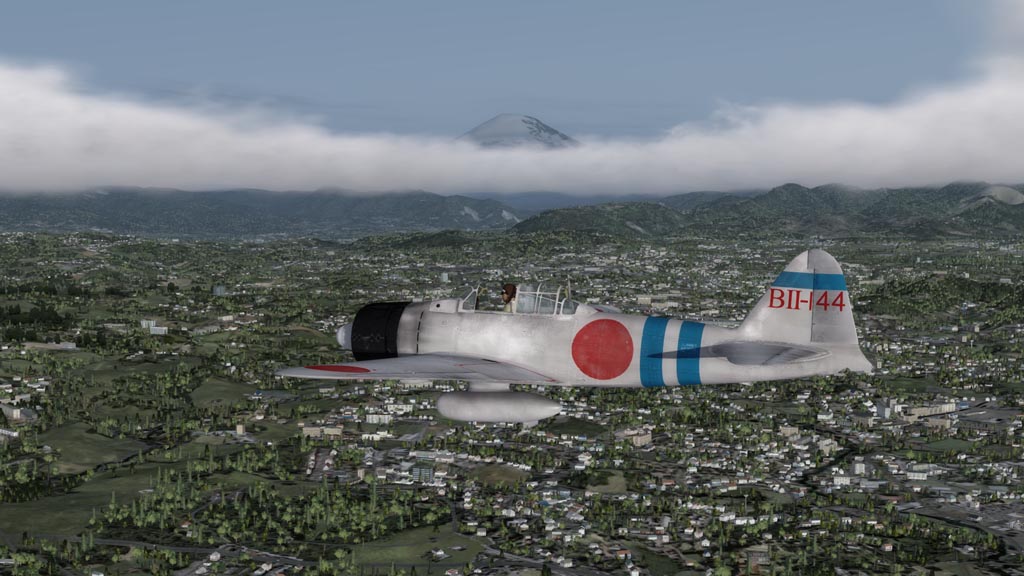
Mount Fuji showed itself.
Still wanting to fly a Japanese aircraft over Japan I decided to fly the Mitsubishi A6M2 Zero. The A6M first flew in 1939 and at the time it was introduced it was considered the most capable carrier based fighter in the world with excellent maneuverability and long range, over 10,000 were built. The model I am using today was made by Aeroplane Heaven for JustFlight and I think it is the best FSX/P3D compatible Japanese aircraft model from that era available.
It was pretty overcast when I took off, I had to stay under 1500 feet for most of the flight to stay below the clouds. I decided to fly to Nanki-Shirahama airport which is the closest airport I could find to Kushimoto. I followed the coast for a while, climbed over one large peninsula, then weaved around the various islands as I headed toward my destination. Then at some point I zoomed out on the GPS to see how far I had to go and realized I had made a fairly serious navigational error. At some point in my planning process I had recorded the code for the destination airport at RJDB where I should have used RJBD and I was at this point about 140nm off course. I could continue on to Kanoya which is the destination for the next leg, which is almost as far as going back to Kushimoto but instead headed for the closest airport which was at Matsuyama. I had flown 405 nm in 2.6 hours, at least 100nm further than I planned.
Here are a few pics from the flight:

Ready for takeoff.

Yes, we are ready.

Fireworks over Tokyo. They must be celebrating our trip.

Mount Fuji showed itself.

